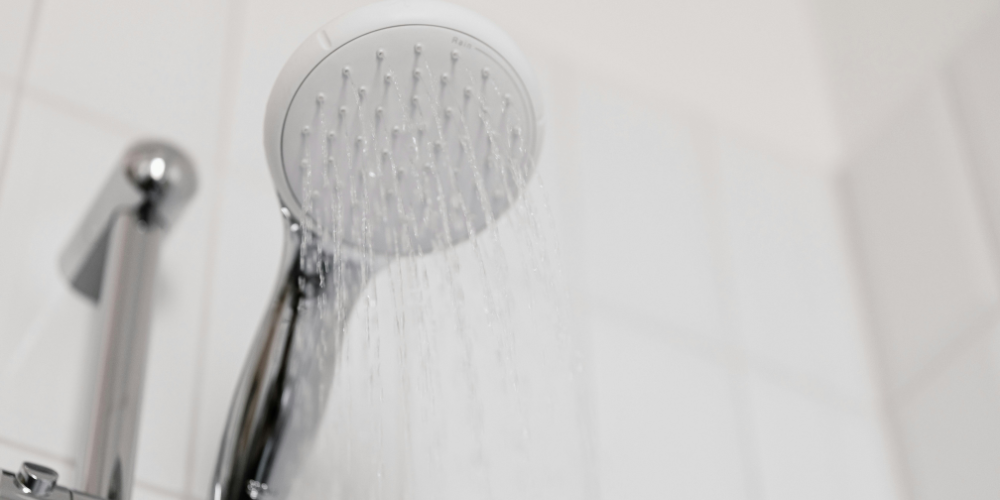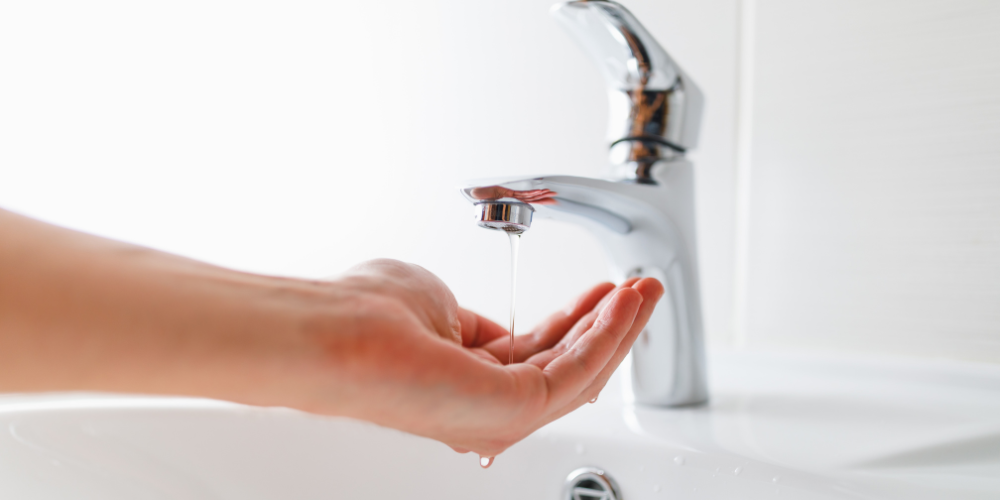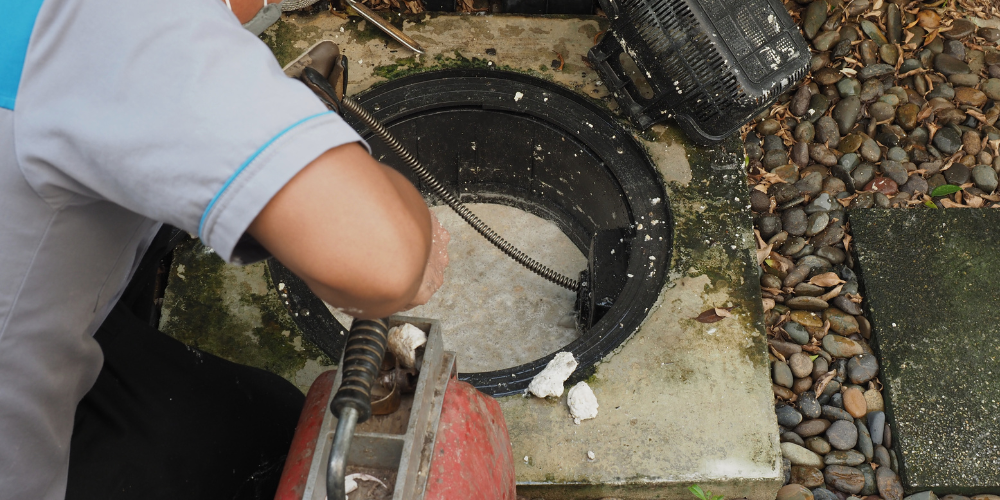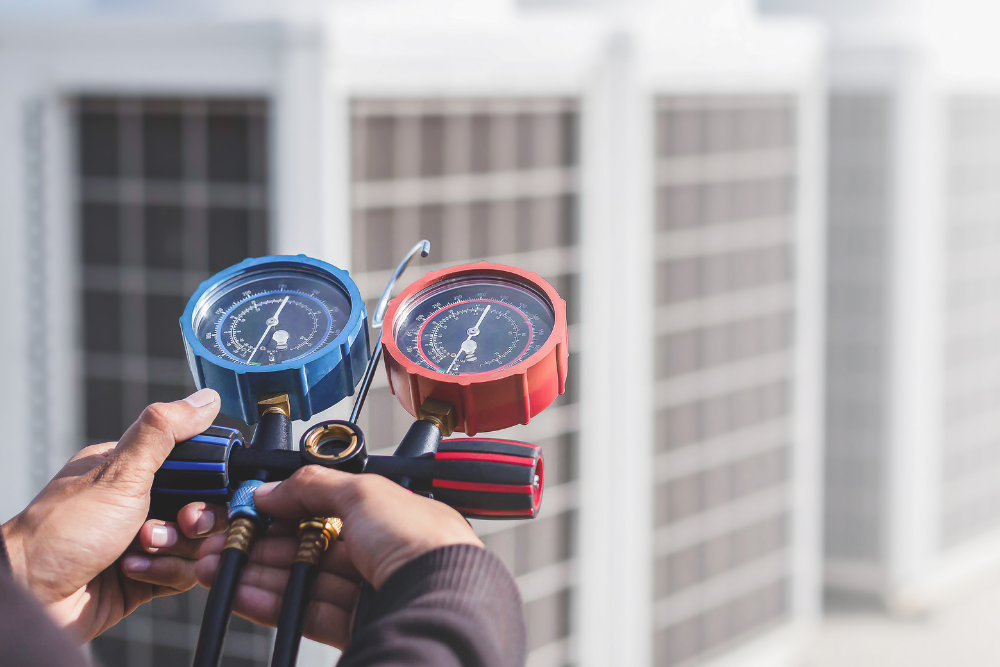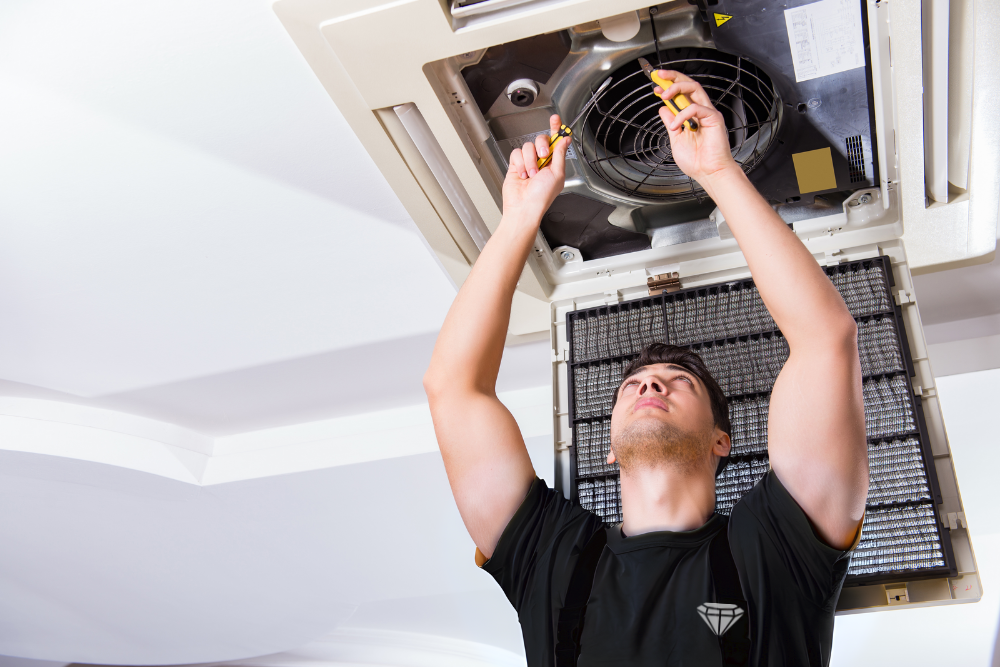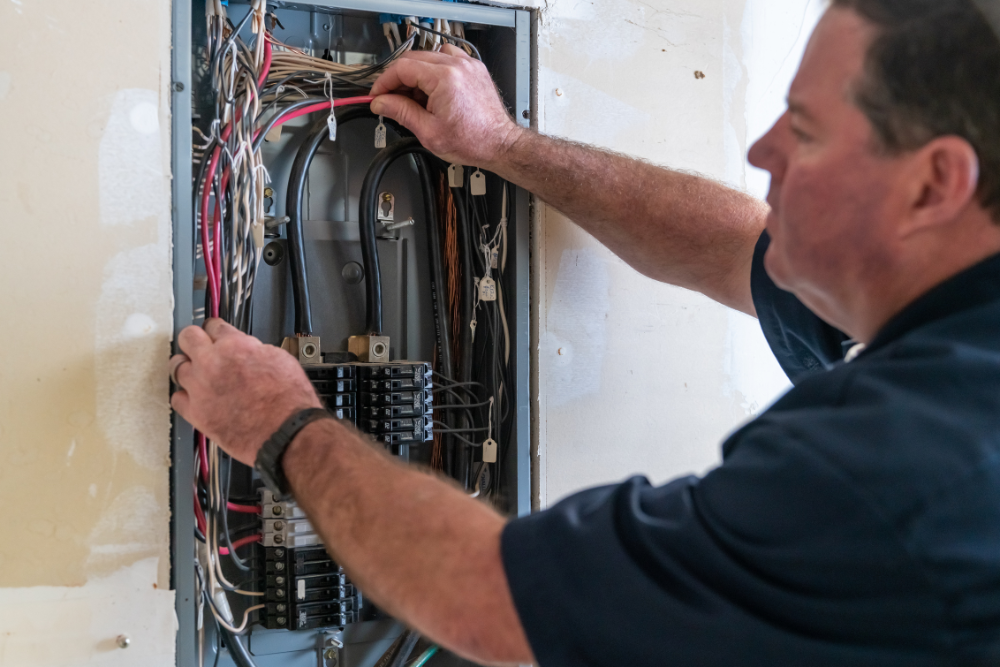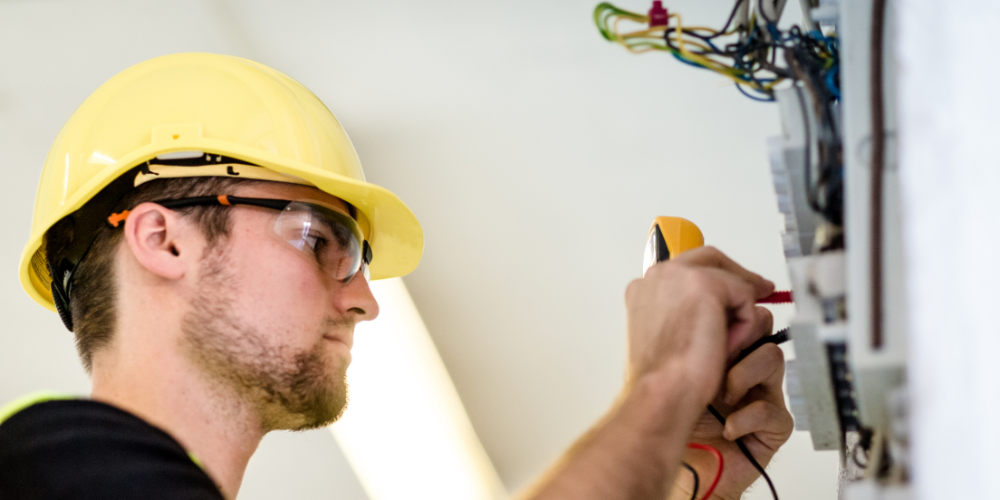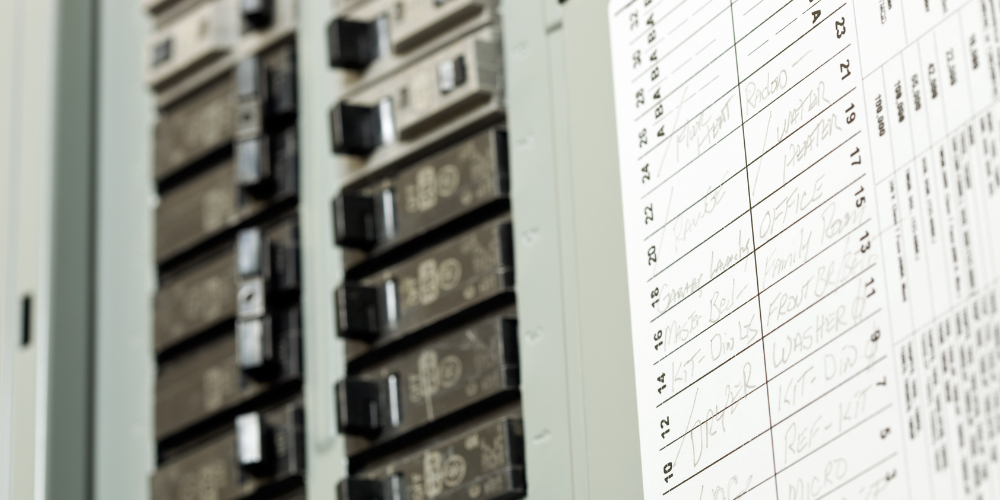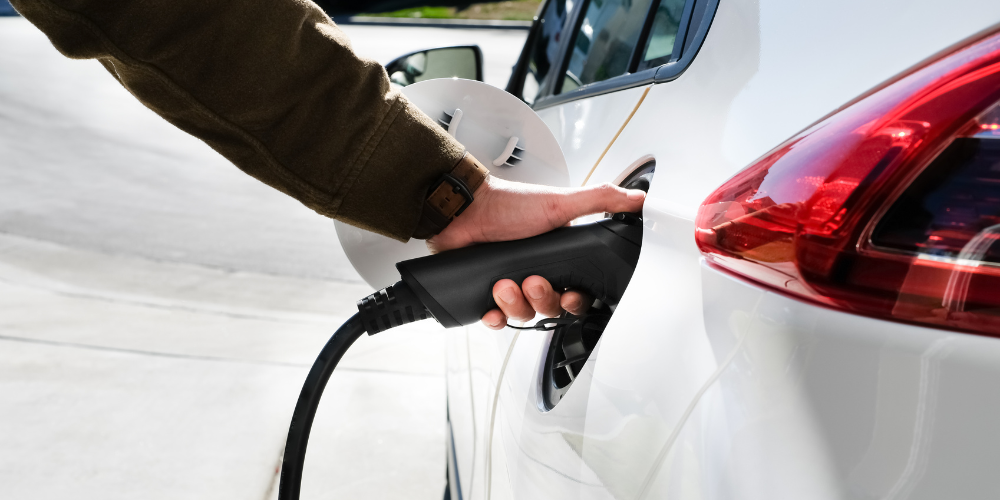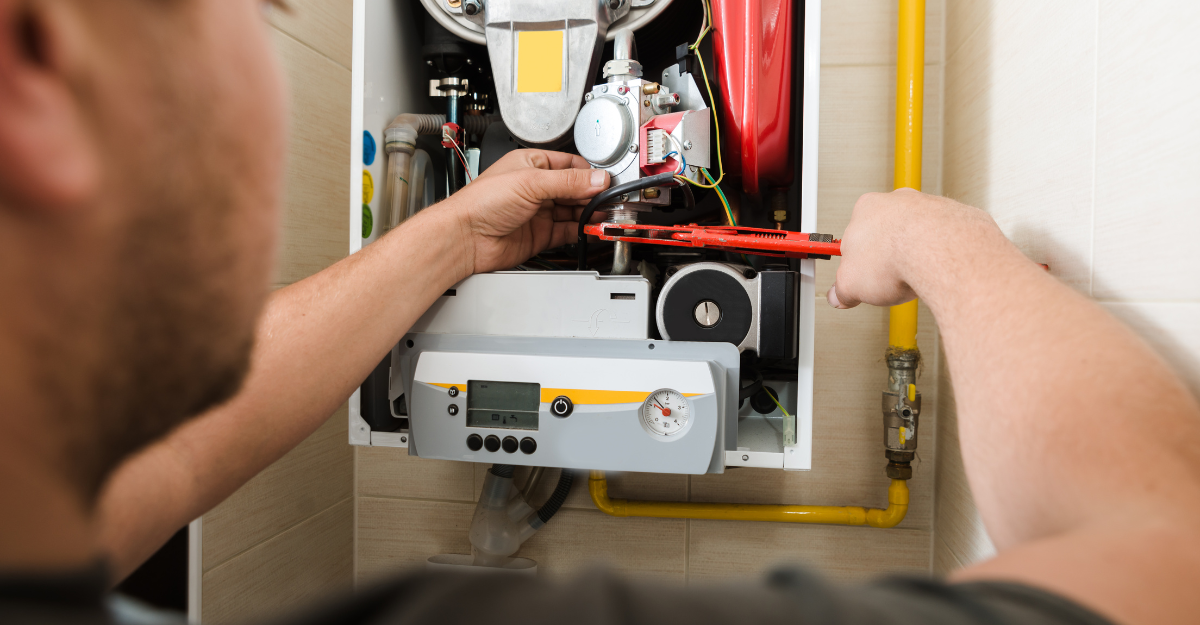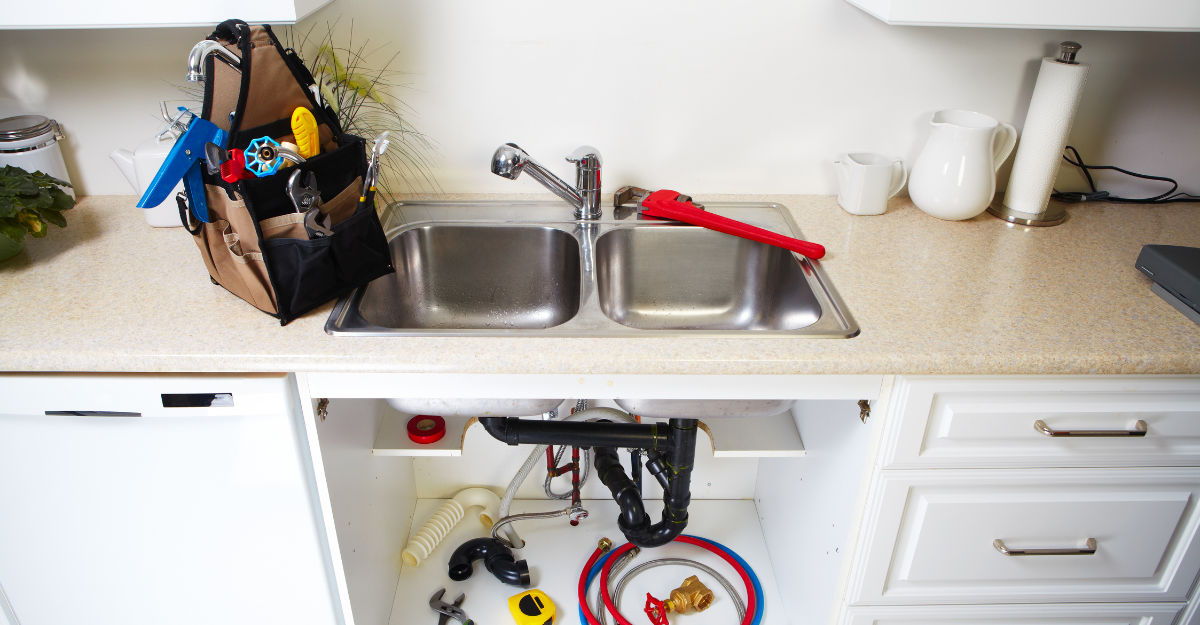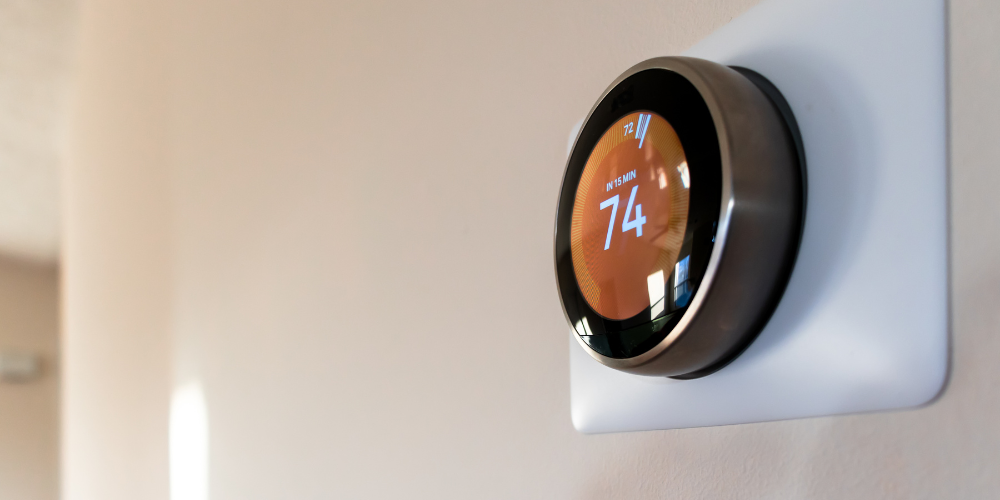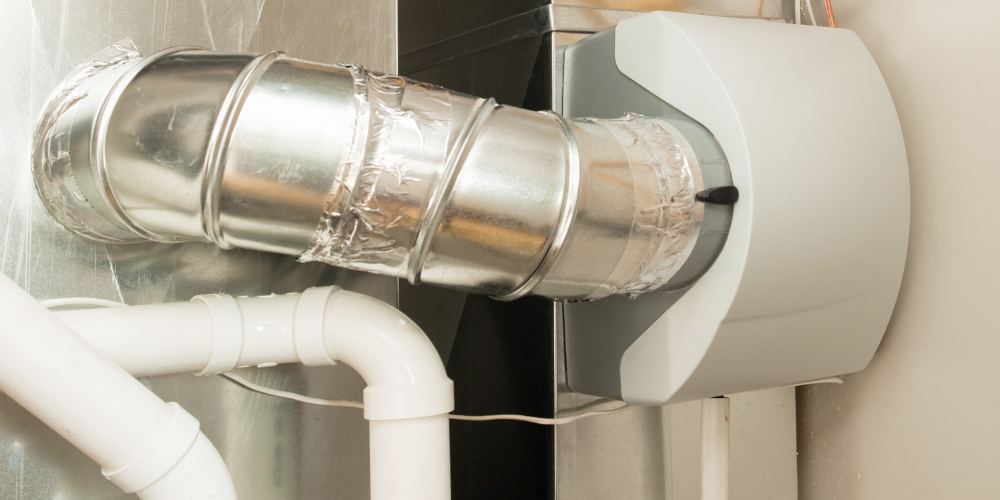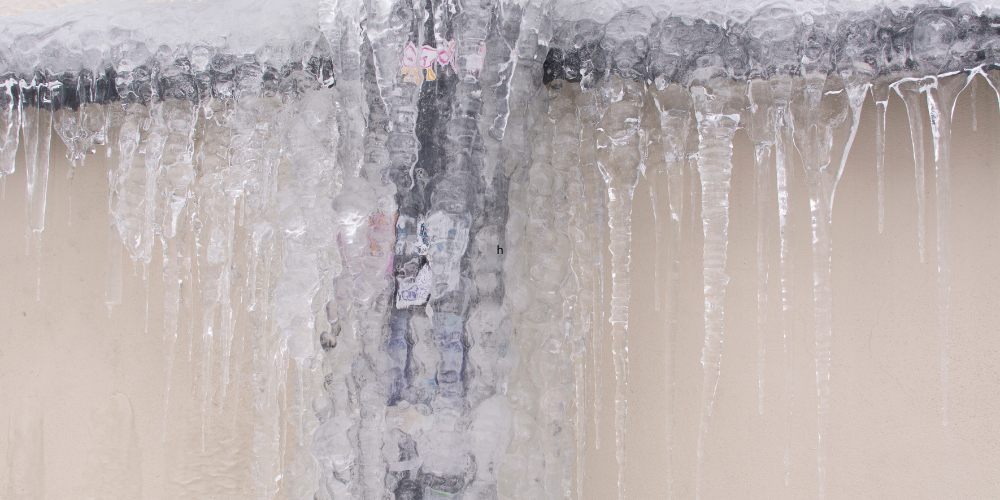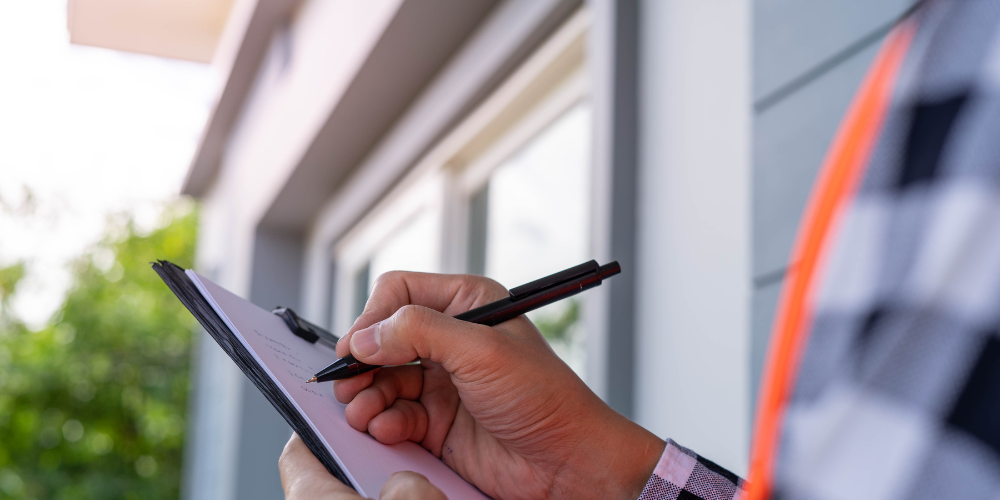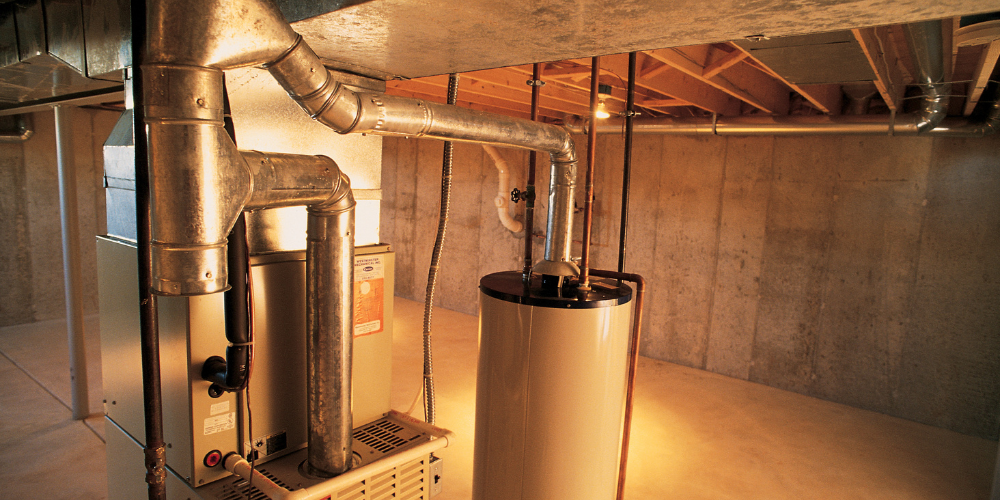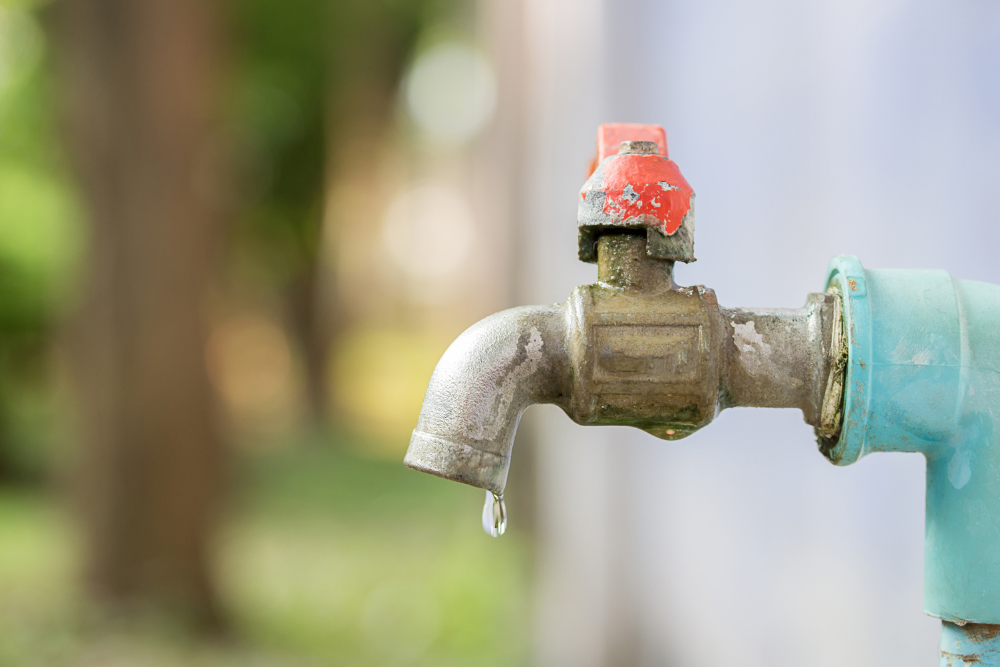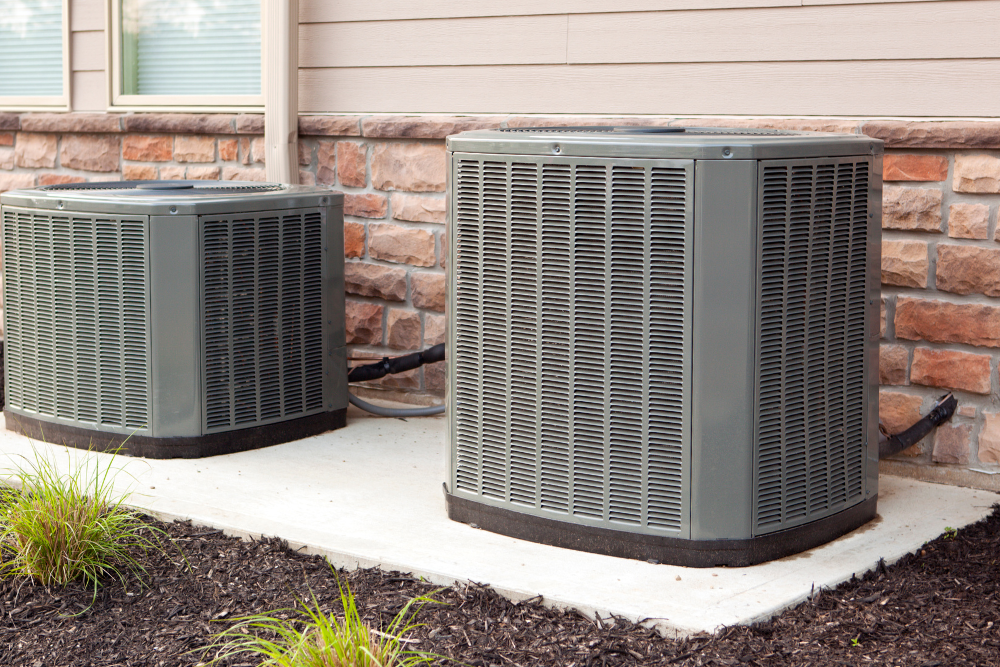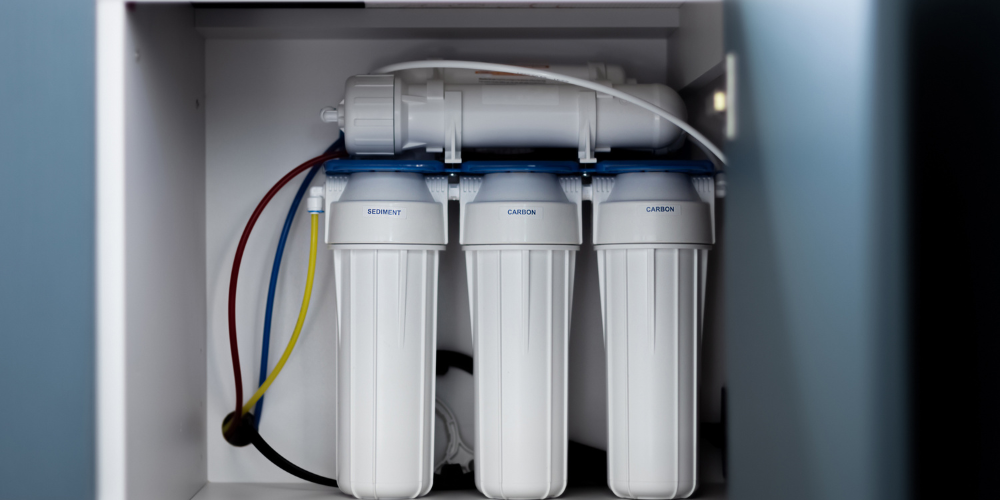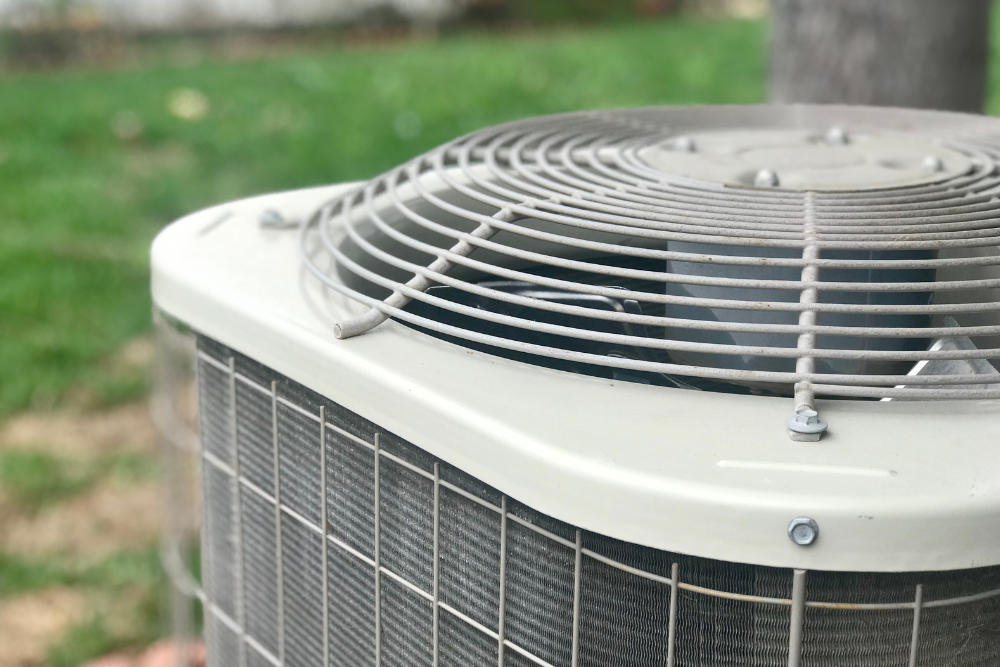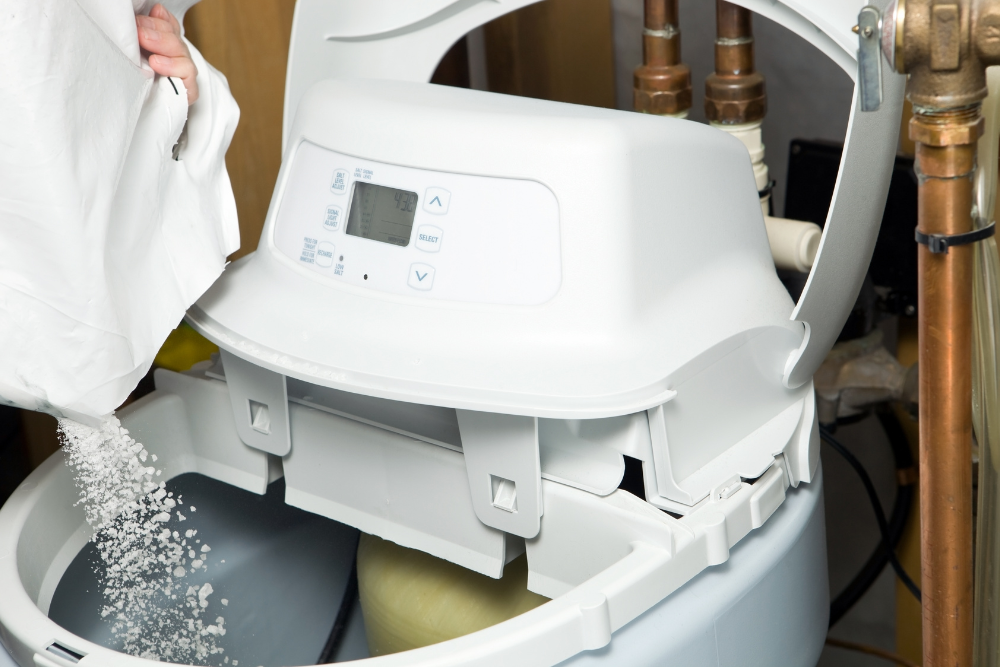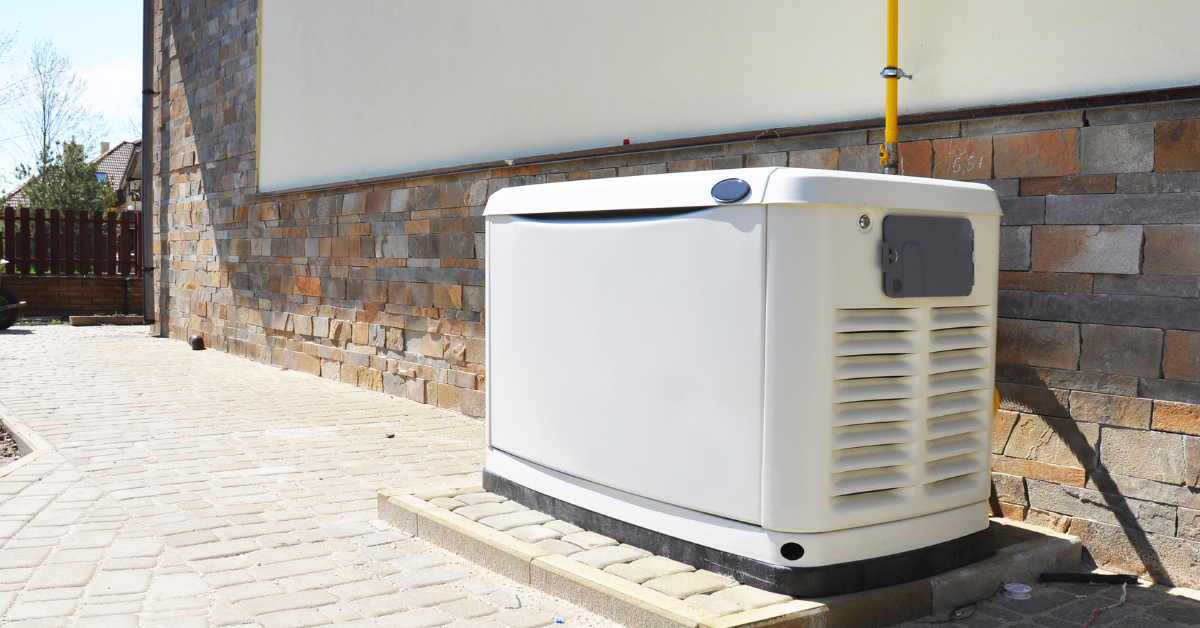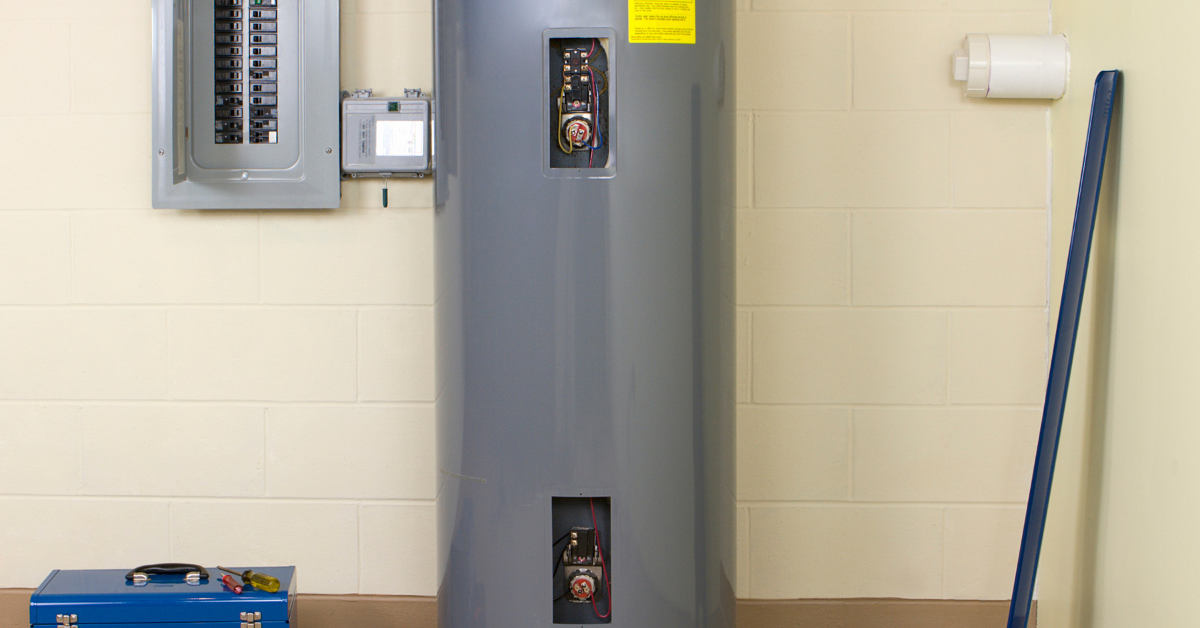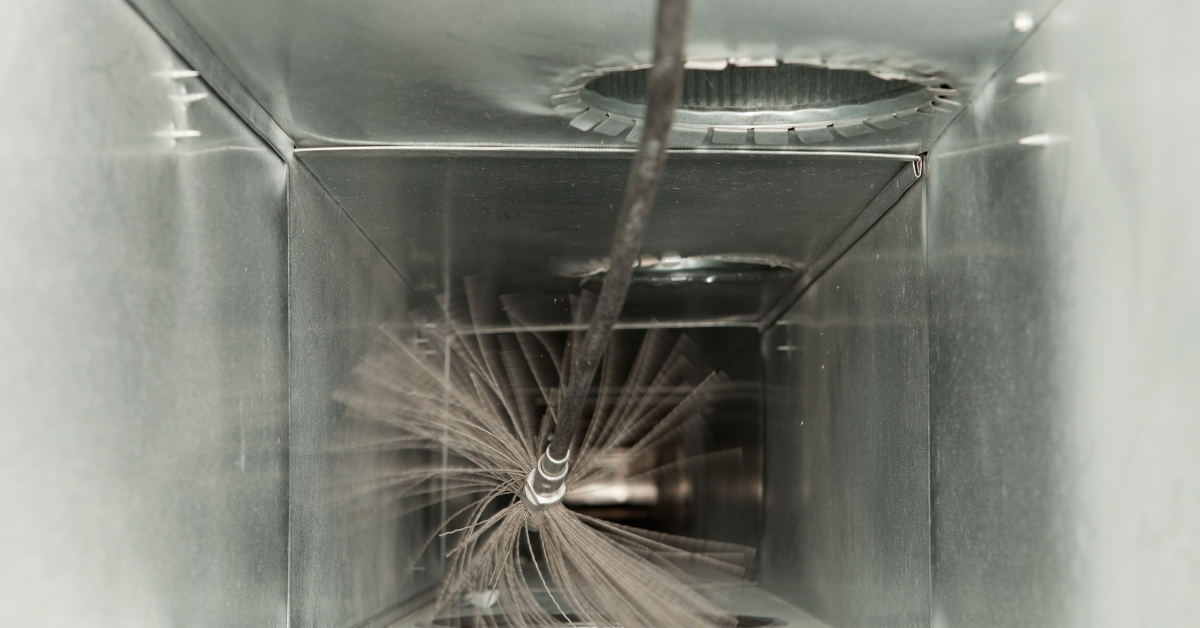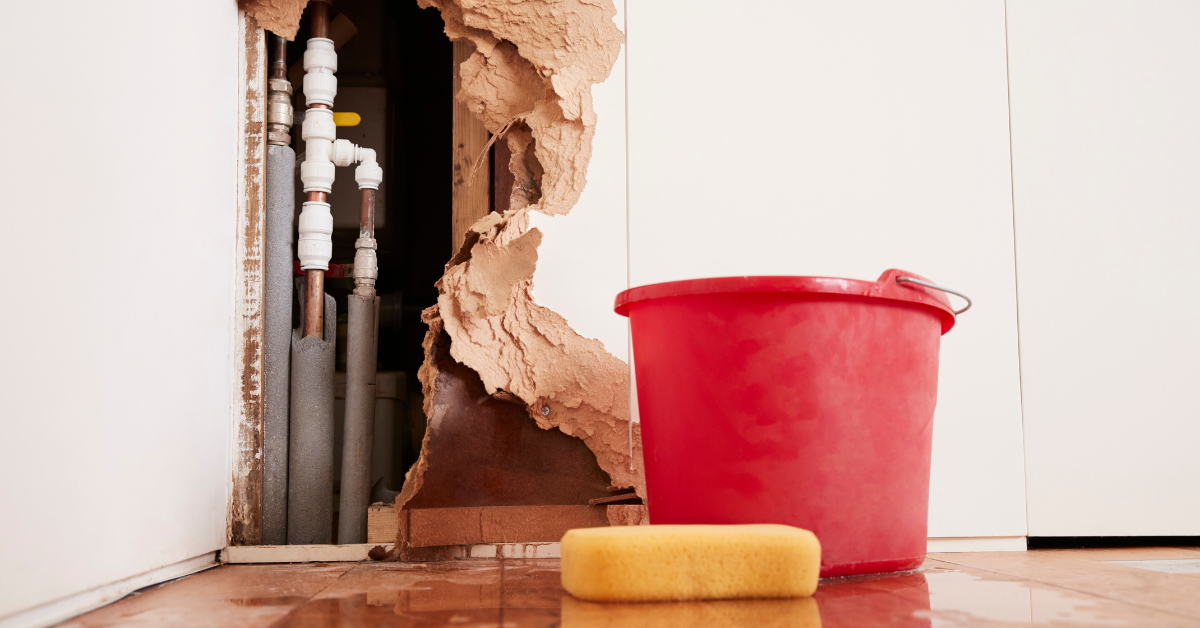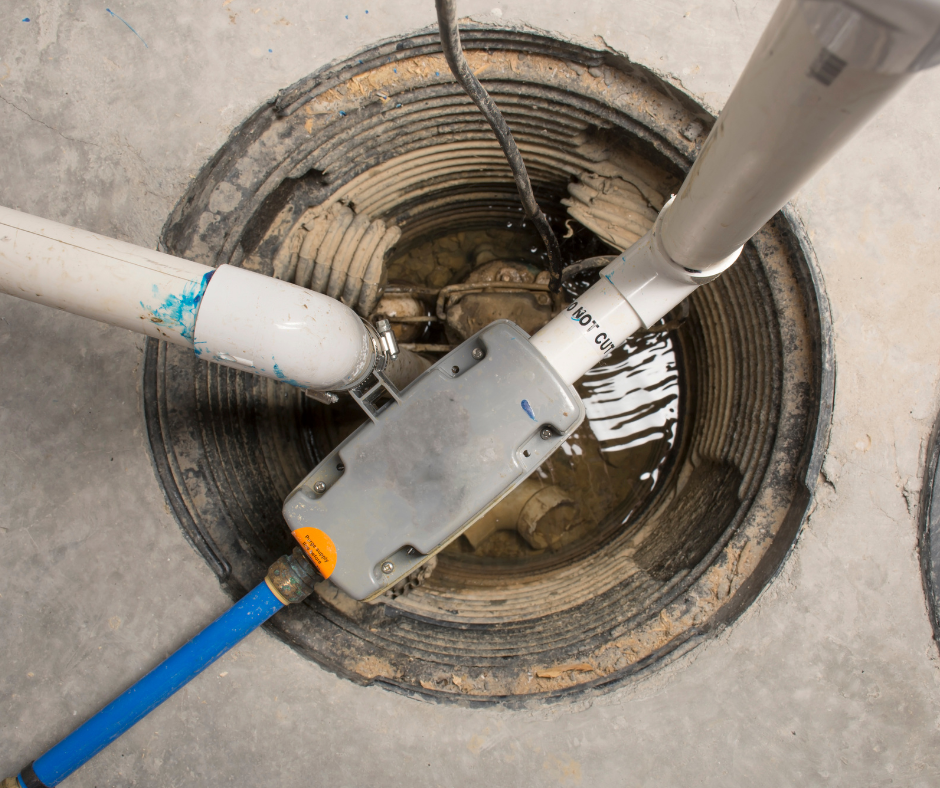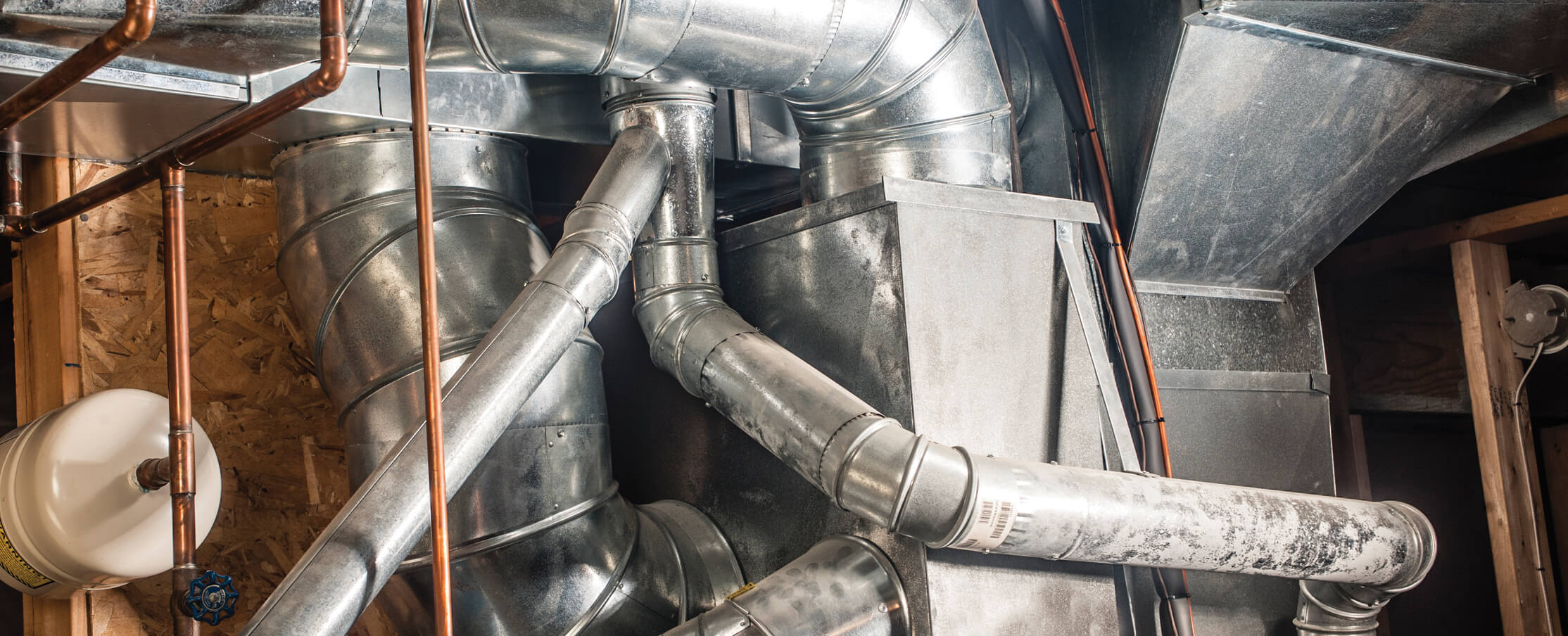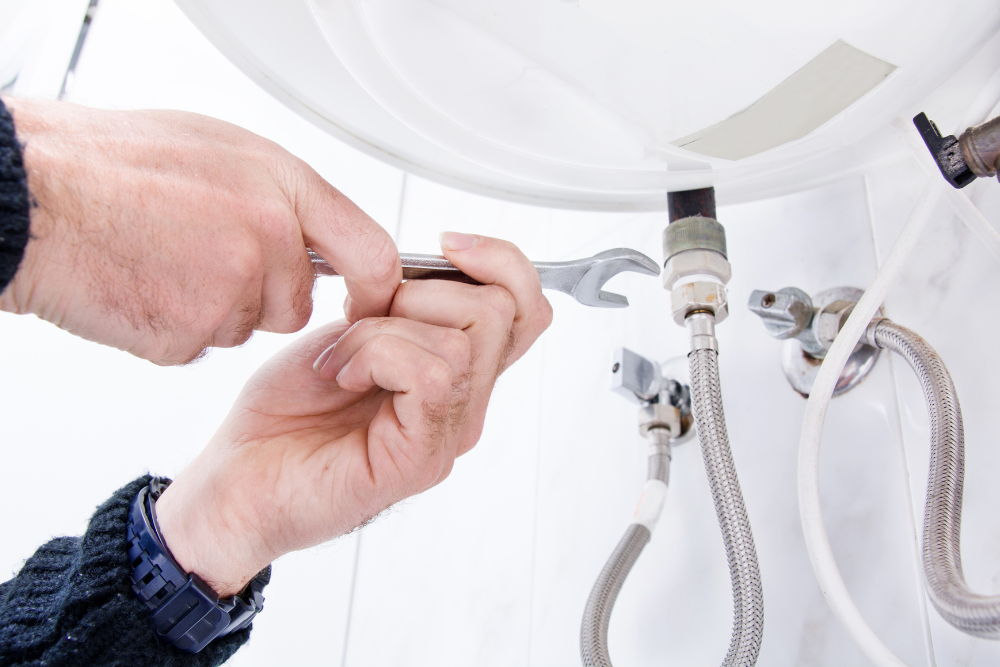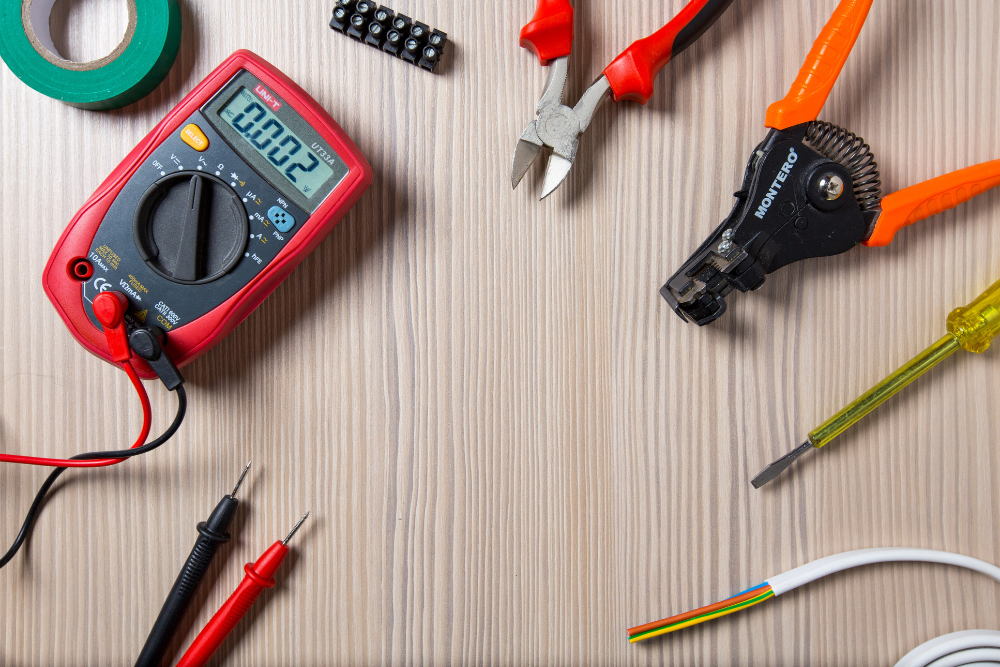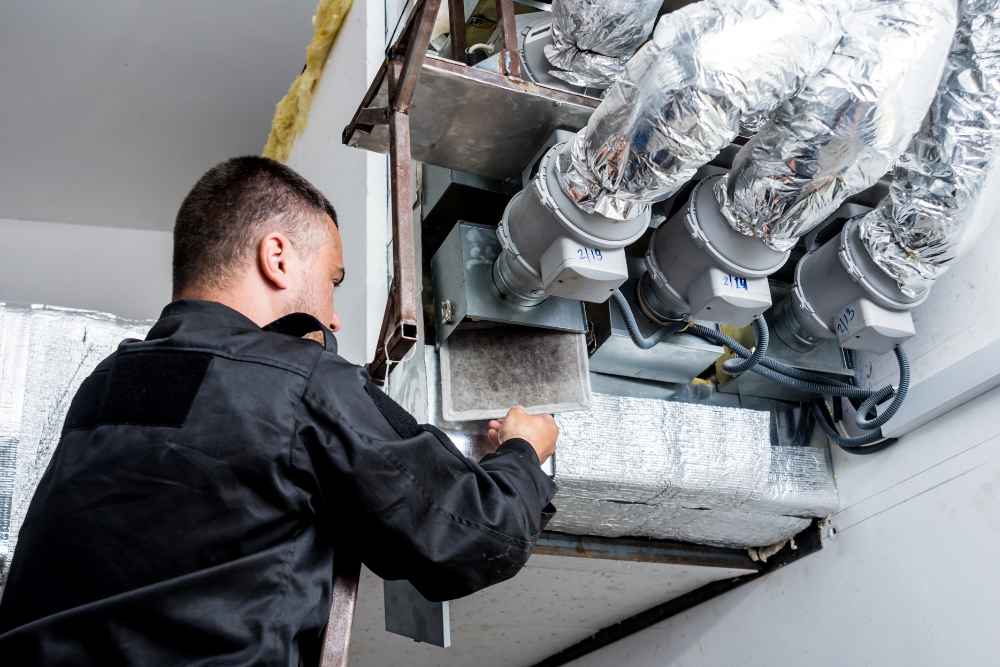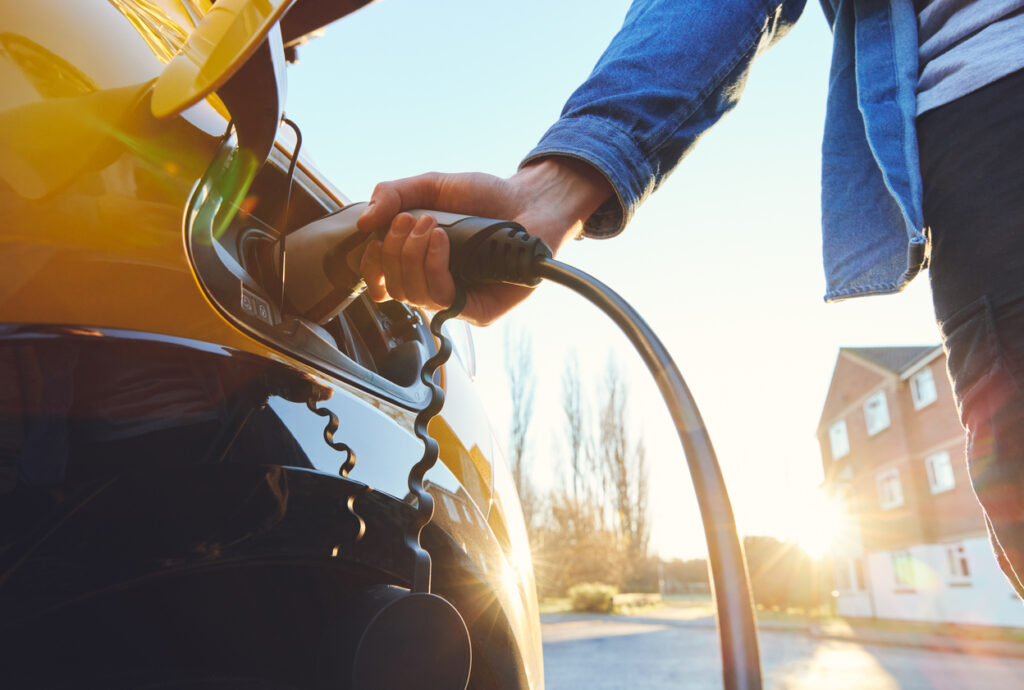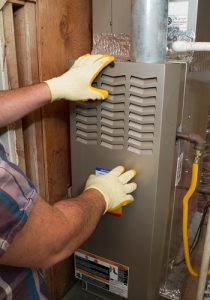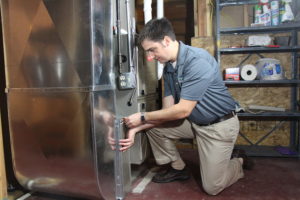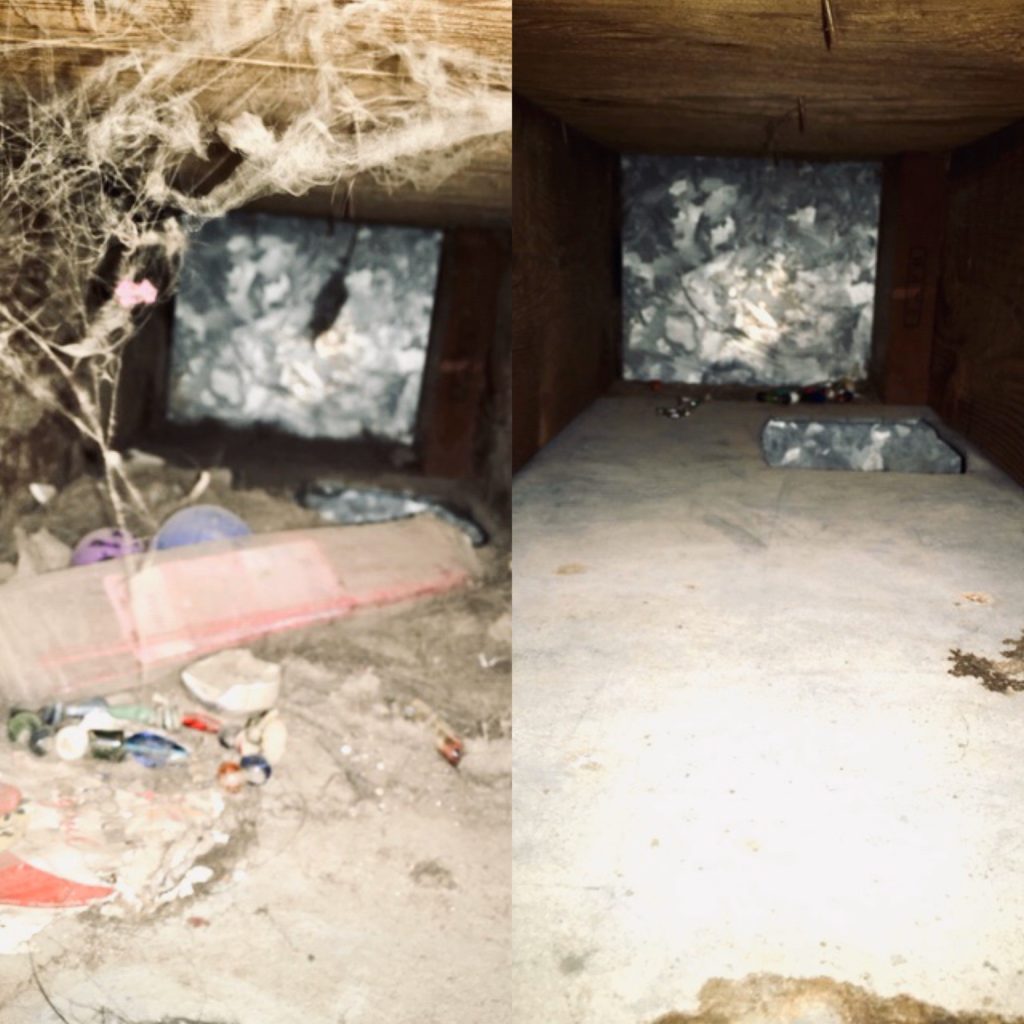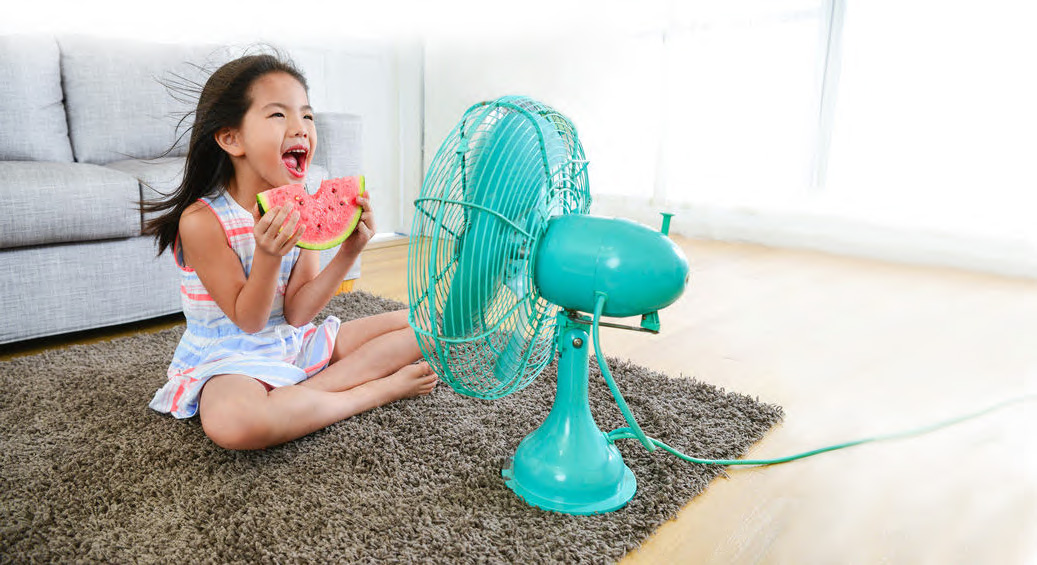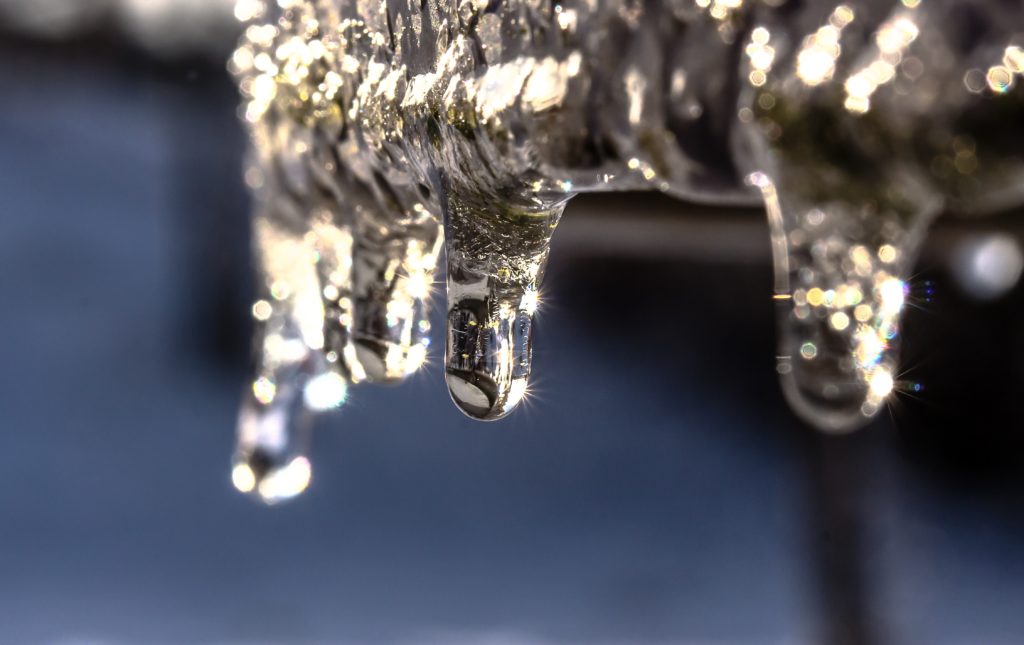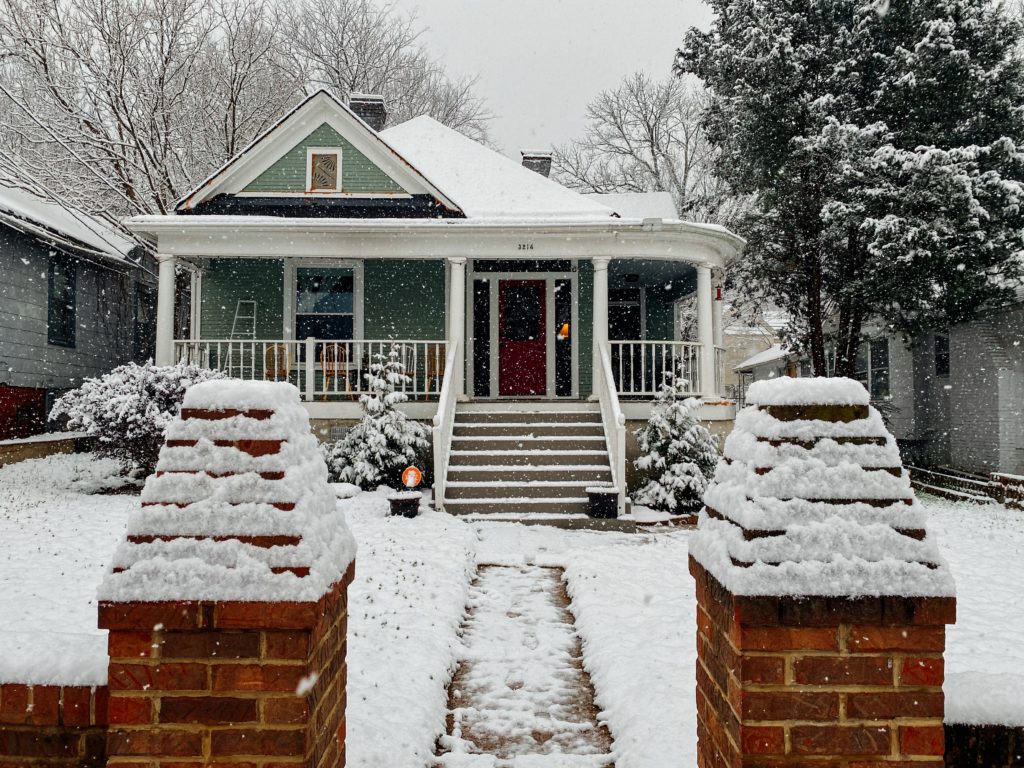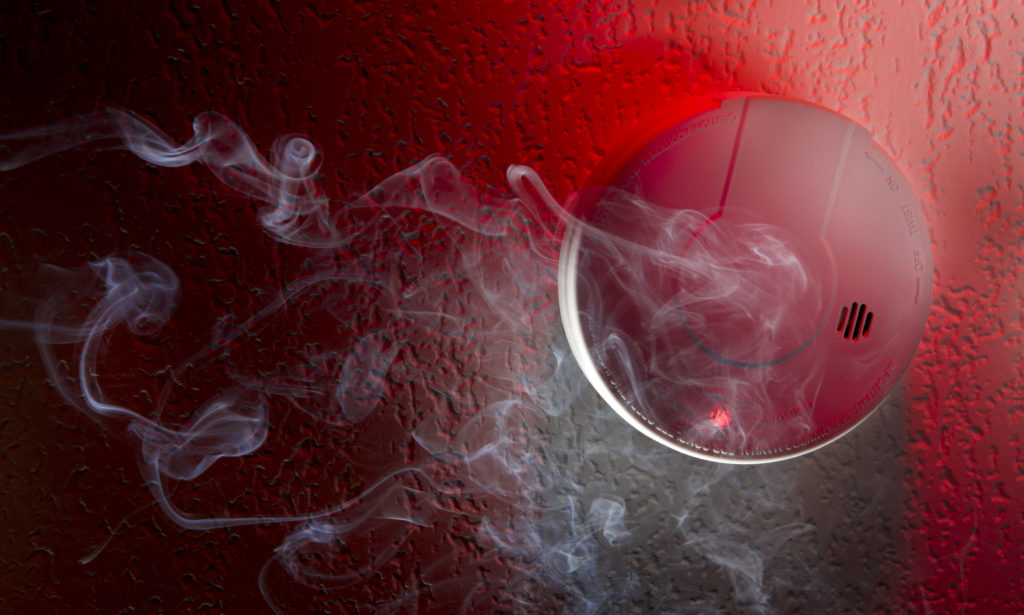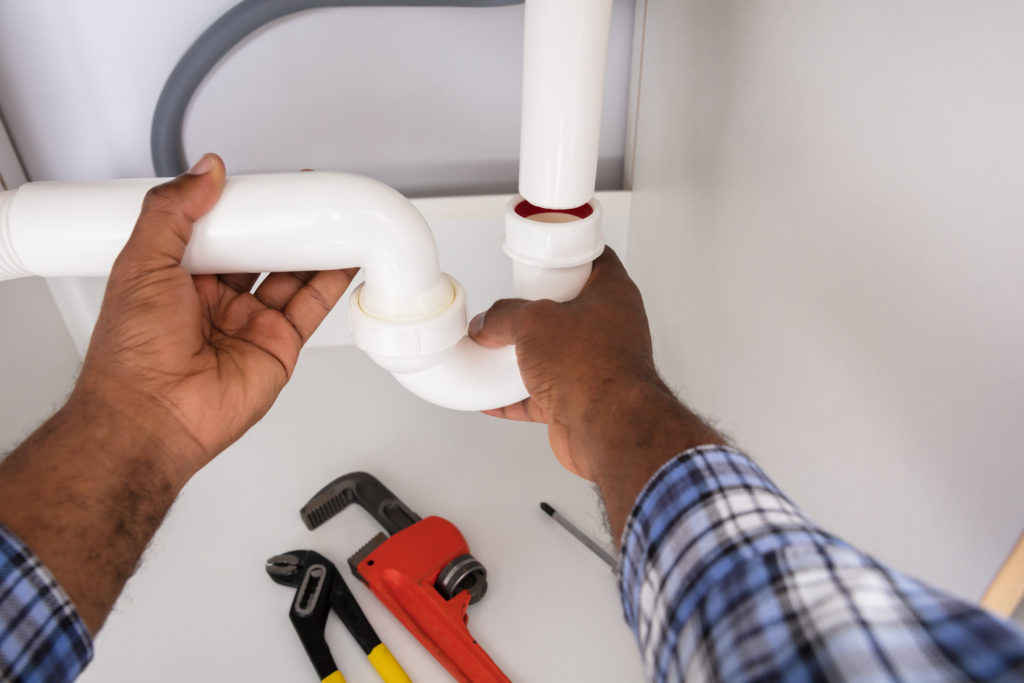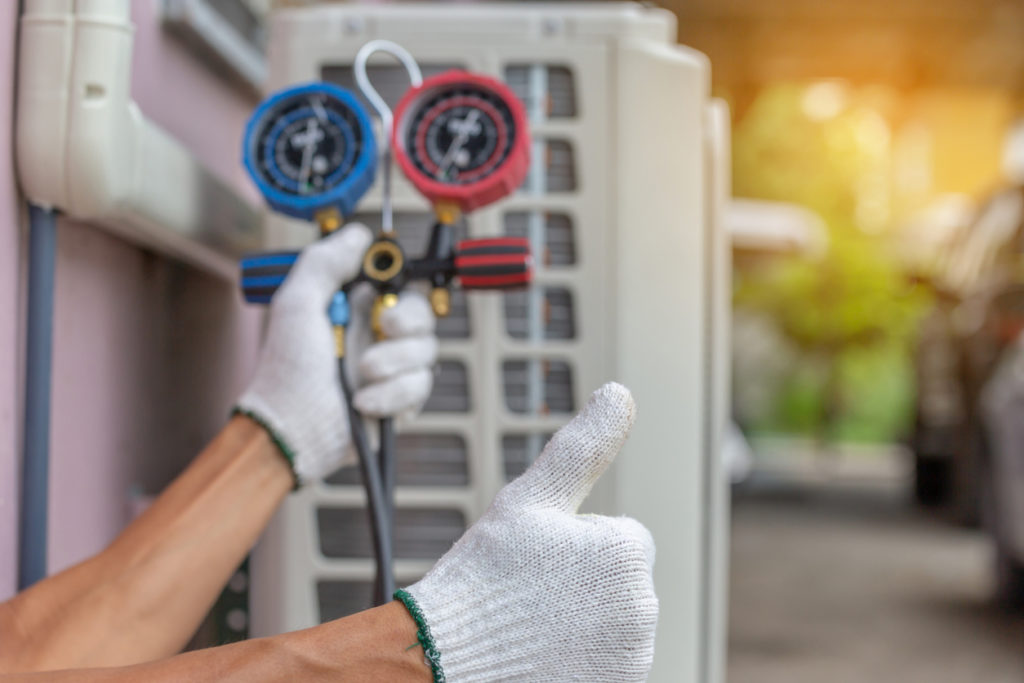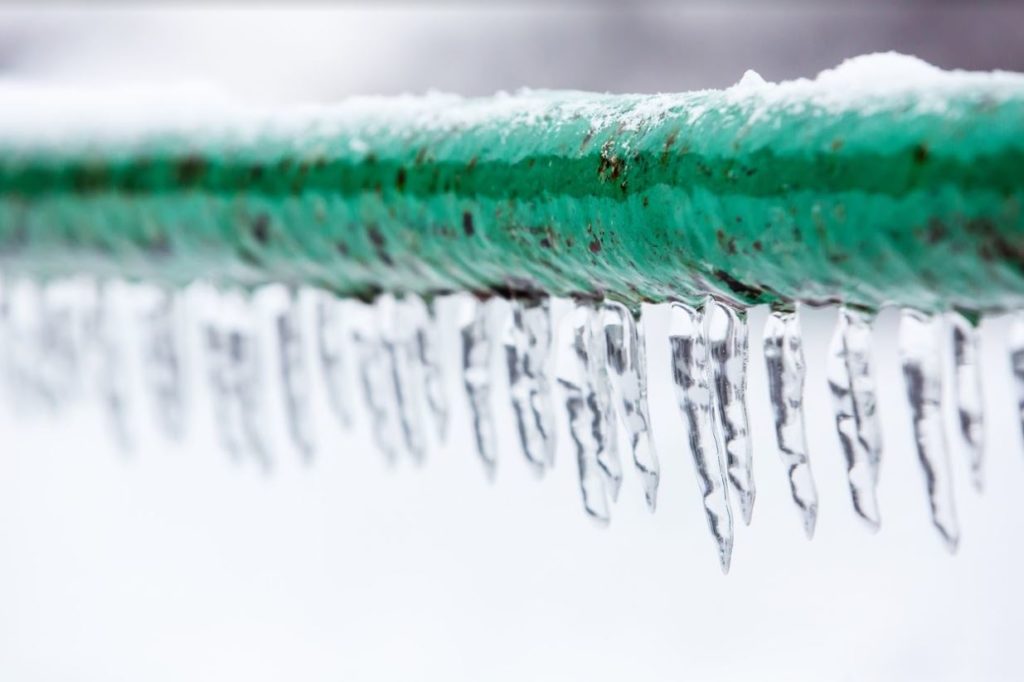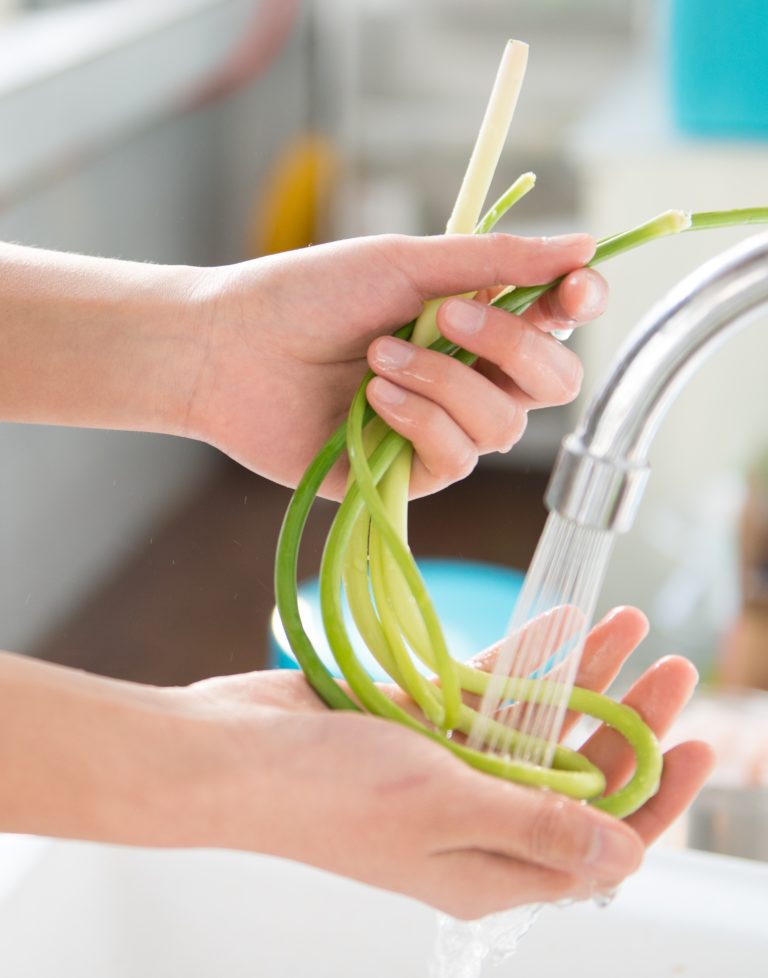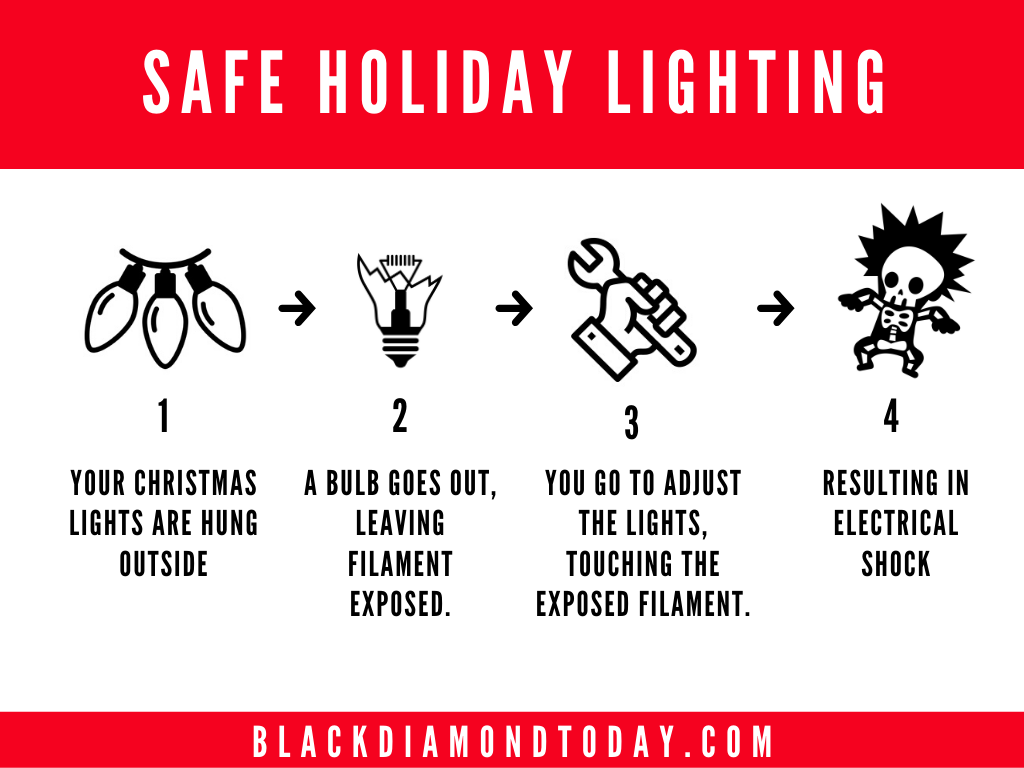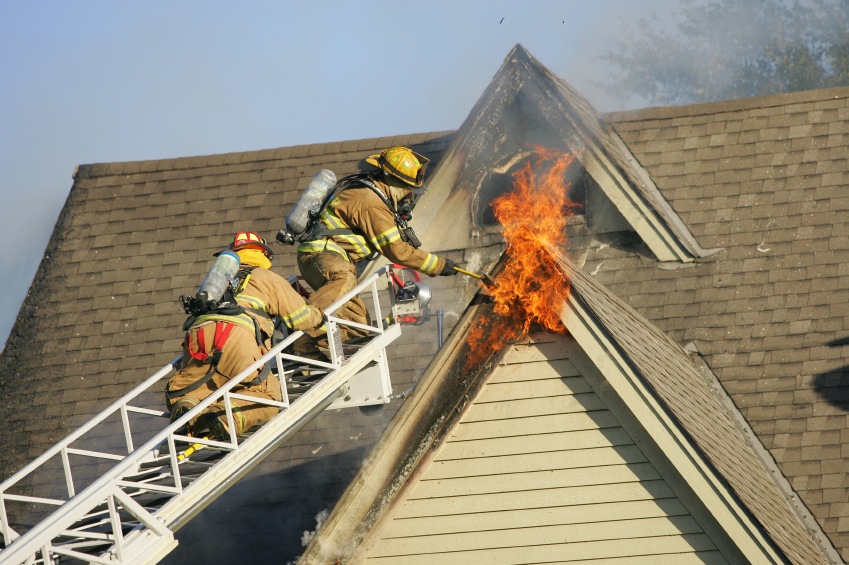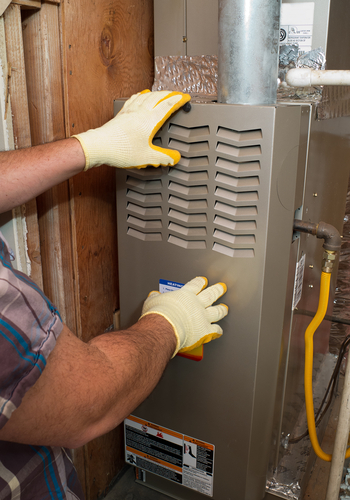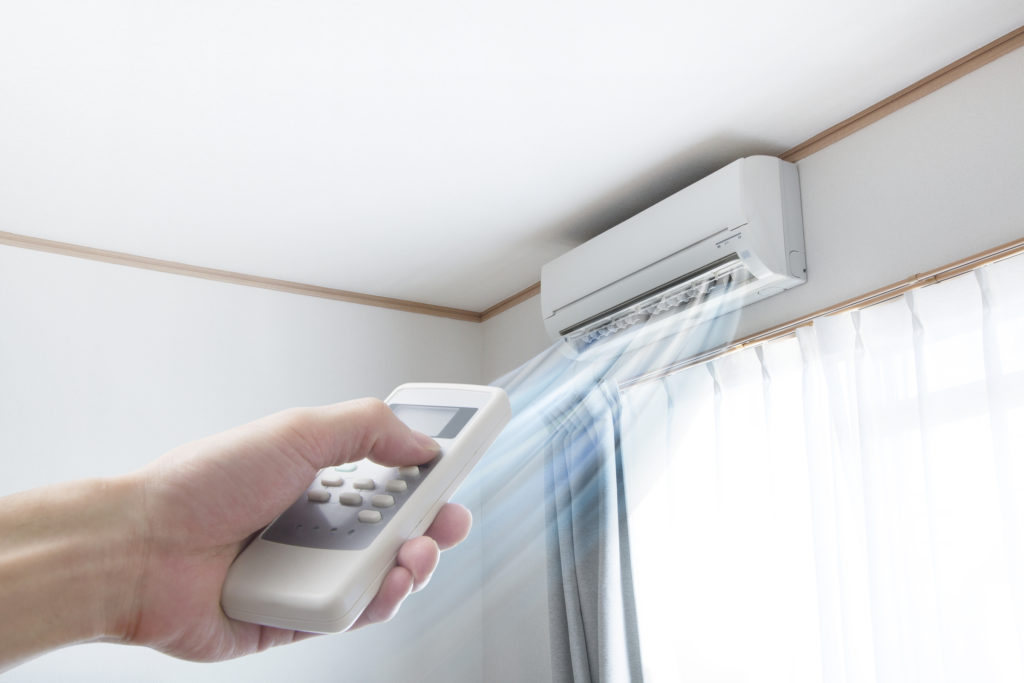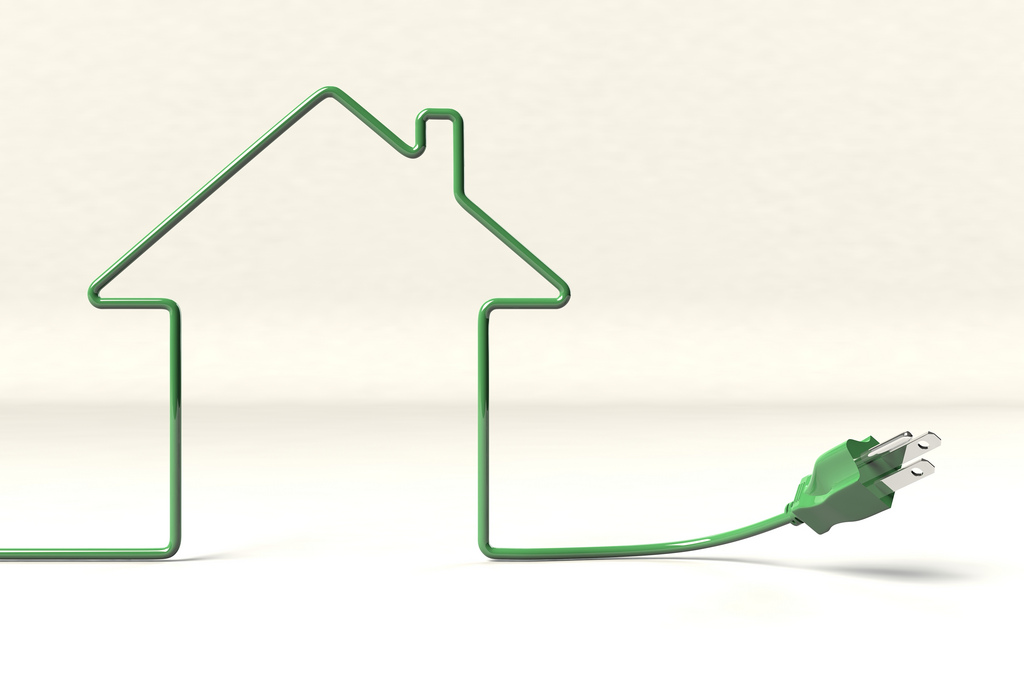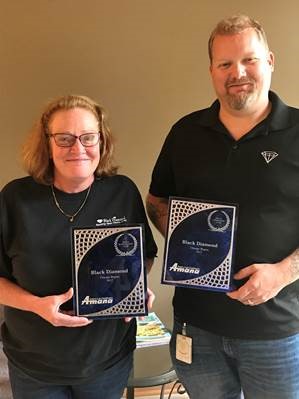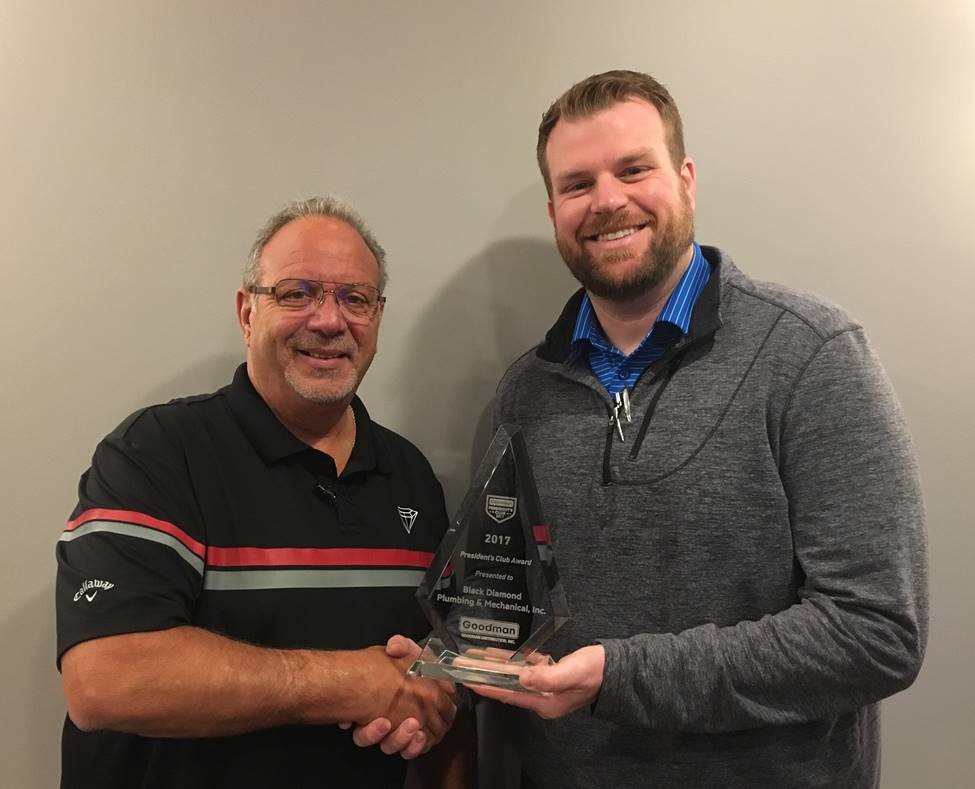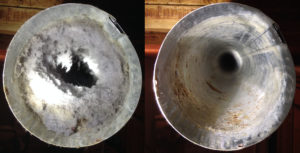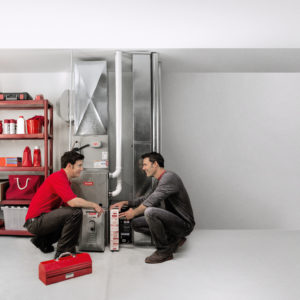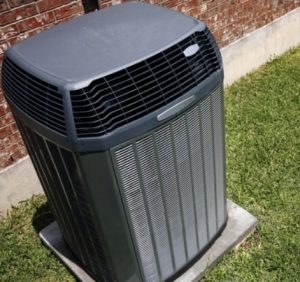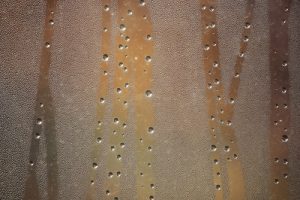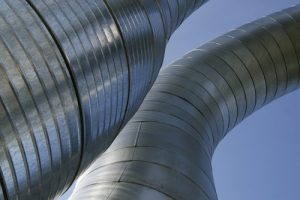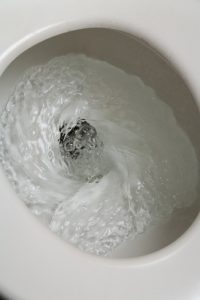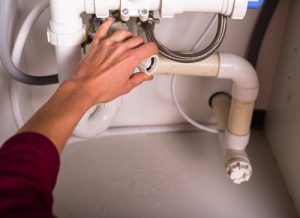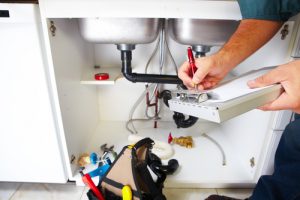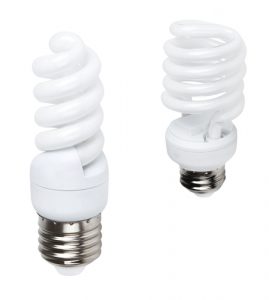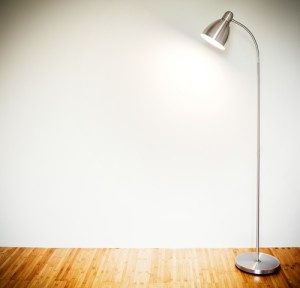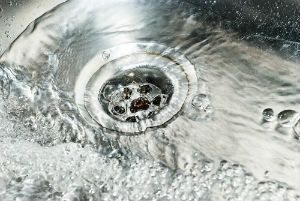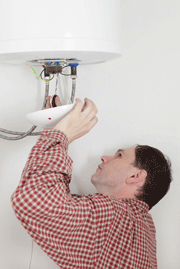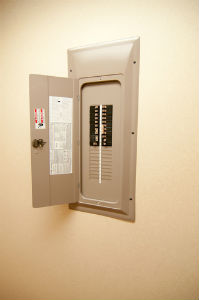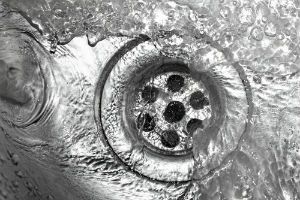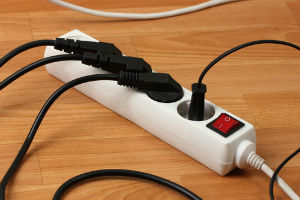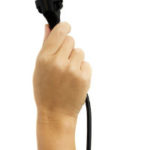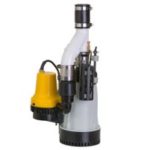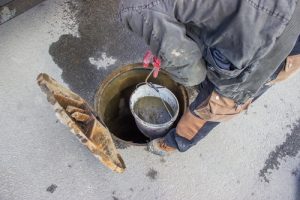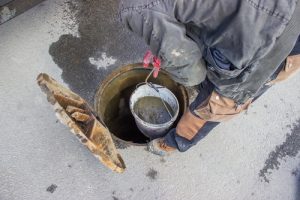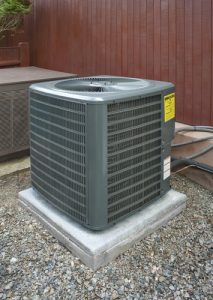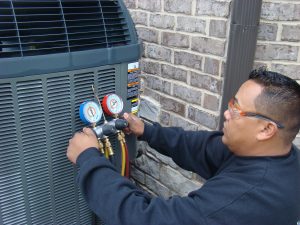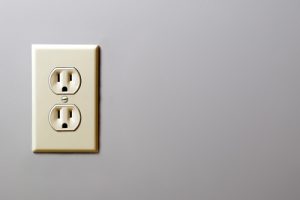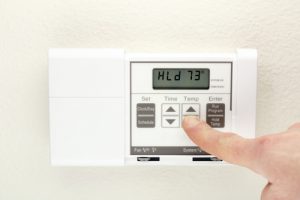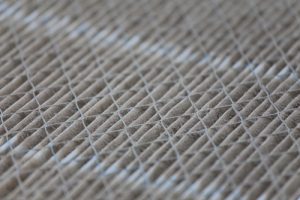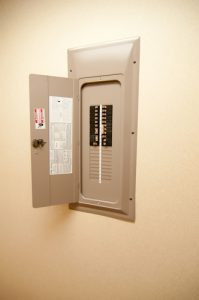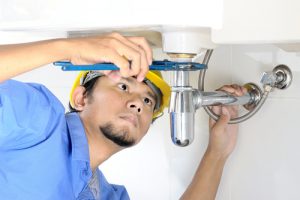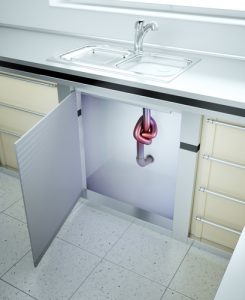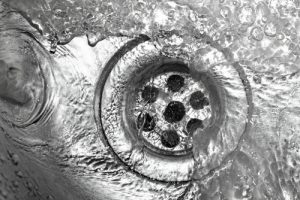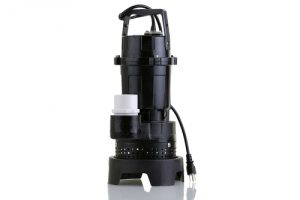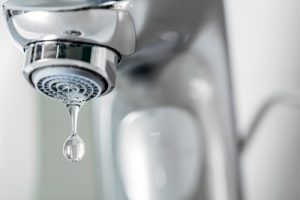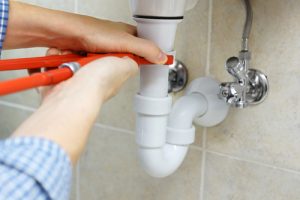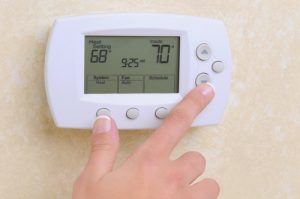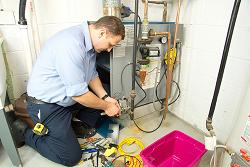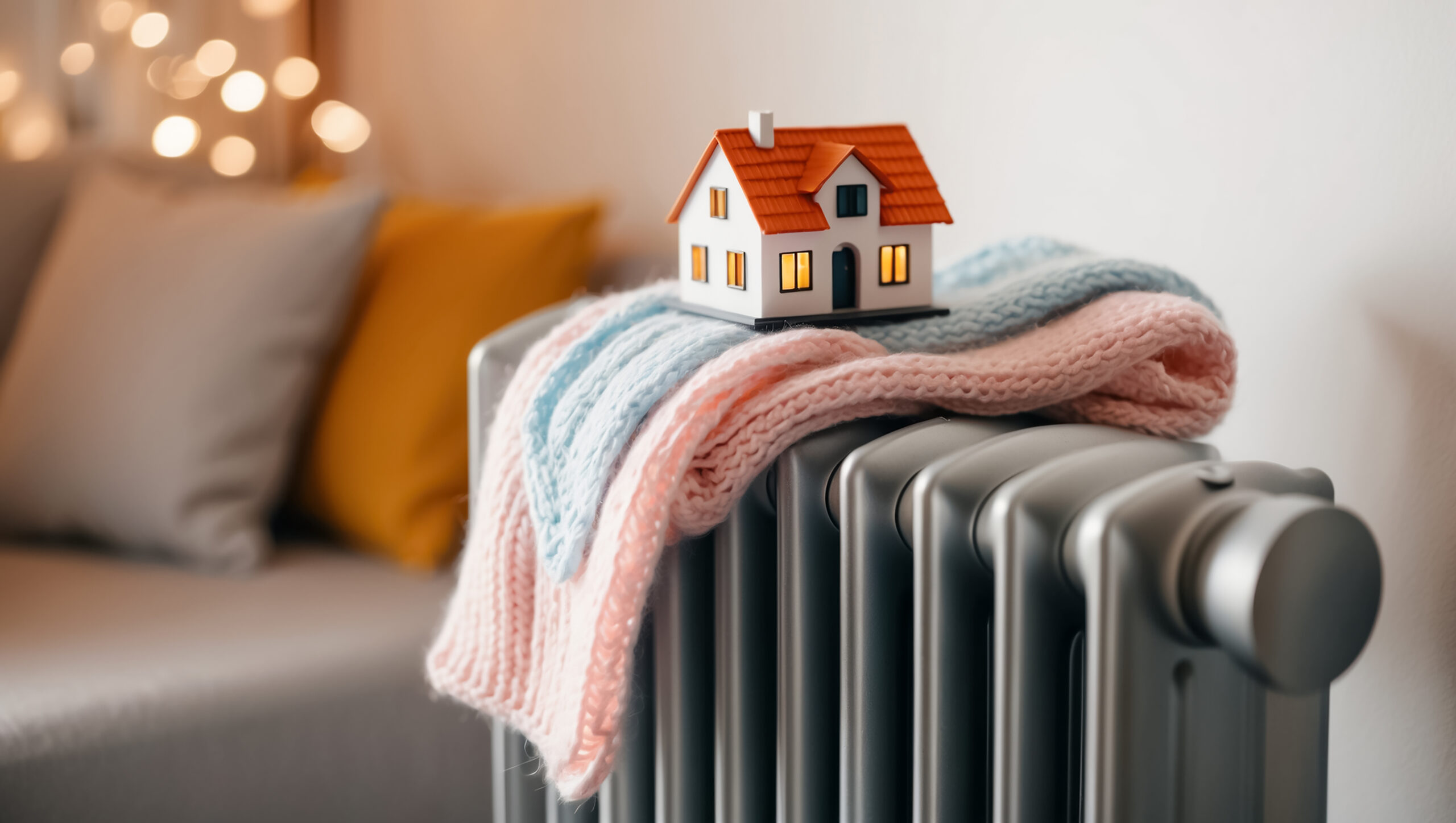Your Plumbing System: A Guide to Plastic Pipes & Fittings
Metal, ceramic, and concrete used to be the only materials used for residential plumbing pipes and tubing. Many pipe metals, including copper and galvanized steel, are still used in homes today. Although long-lasting, metal plumbing requires laborious installation work. Pipes need to be threaded or welded, and tubing often requires the installation of sensitive compression fittings.
The introduction of the plastic plumbing system pipe in the 1930s, and its rise in popularity in the 1950s and 1960s, made the plumber’s job much easier. These pipes give plumbers an option that’s easier to install and prevents some of the plumbing problems common with metal pipes.
Plastics used for pipes today include:
- Cross-linked polyethylene (PEX)
- Polyvinyl chloride (PVC)
- Chlorinated polyvinyl chlorine (CPVC)
Metal and plastic pipes and tubes both have their place in residential plumbing installations. While plastics offer certain advantages over metal, there are a few downsides, too.
Pros: How Do Plastic Pipes Outperform Metal Pipes?
- Corrosion-resistant: A plastic plumbing system pipe isn’t easily corroded by exposure to water and common household chemicals. Plastic formulas can be adjusted, so they stand up to the demands of various residential plumbing needs, including water supply and drainage.
- Low heat conductivity: Unlike metal, plastic doesn’t conduct heat well, so it’s better able to maintain the temperature of the water it carries. While copper pipes require insulation to prevent sweating and dripping, PVC pipes stay dry even without insulation. That’s especially helpful with condensate drains for air conditioners, boilers, and other appliances.
- Non-reactive: Connecting dissimilar metals, such as copper and iron, can cause corrosion. Plastic pipes can be connected with each other or with metal pipes without the risk of damaging chemical reactions.
- Easier installation: Because plastic pipes are light and easy to handle, plumbing jobs done with these pipes nearly always cost less than those involving metal pipes.
- Fewer blockages: Some plumbers find plastic drainpipes are less likely to clog than metal ones and are easier to unclog when they do.
Cons: Why Are Plastics Not Always Ideal?
- Thermal expansion/contraction: Although plastic pipes don’t transfer heat well, they do expand and contract depending on the temperature of the surrounding air and the fluid inside them. Ultimately, this shouldn’t cause any problems because a skilled plumber will account for this tendency when choosing the pipes.
- Low melting point: Plastic melts or burns at lower temperatures than most metal, and it can emit toxic fumes even before melting. That presents an added danger in the event of a house fire. Because of this, building codes place more safety restrictions on plastic pipes than on metal ones.
- Sensitivity to sunlight: Certain plastics, such as PVC, may become brittle when exposed to the sun’s UV rays. Latex paint or another protective coating can be applied to pipes used outdoors to help them last longer.
Types of Plastic Pipes
Polyvinyl chloride (PVC) may be the plumbing pipe material most people are familiar with, but it’s far from the only choice. Of the materials available, each has individual properties that make it better for certain applications than for others. Types of plastic pipes include:
Cross-linked polyethylene (PEX): One of the most popular pipe plastics used today, PEX is commonly installed in place of copper pipes or chosen as an alternative to other types of plastic. It’s often installed to deliver both hot and cold water, particularly drinking water. It’s also popular for appliances such as boilers. This material is known for its flexibility, low cost, ease of fitting, and ability to maintain water pressure. PEX pipe is available in red, blue, and white. While red is typically used for hot water and blue for cold, there’s no difference in the material.
Polyvinyl Chloride (PVC): Another popular modern material, PVC is a white or gray pipe used for high-pressure water, most commonly the main supply line into the house. It isn’t as flexible as PEX, making it less appropriate for smaller interior spaces. Its tendency to warp at high temperatures means it shouldn’t be used to carry water hotter than 140 degrees. That makes it inapplicable for kitchen drains, where hot water from cooking or the dishwater could damage the pipe. Certain versions of PVC, in particular pipes rated DWV (drainage, waste, and vent), may leach chemicals and shouldn’t be used for drinking water.
Chlorinated polyvinyl chloride (CPVC): CPVC is PVC that’s been treated with chlorine, a process known as chlorination. CPVC is more easily shaped and flexible than PVC, and it can withstand higher pressures and temperatures. These properties make CPVC popular for industrial applications, but it’s also used to carry residential drinking water. On the downside, its flexibility means it requires more support than PVC pipes. Because it will crack if frozen, it shouldn’t be used underground.
High-density polyethylene (HDPE): One of the toughest plumbing system pipe materials, HDPE works well for nearly all plumbing uses. It’s durable, flexible, and resists corrosion well. It’s available in long lengths, and any joints necessary are made using heat fusion, which is almost leak-proof. HDPE conserves water pressure because it creates minimal friction that reduces water pressure.
Acrylonitrile butadiene styrene (ABS): Drainage, waste, and vent pipes are the usual application for this black pipe material. It’s impact- and heat-resistant, making it ideal for outdoor use. Because many building codes prohibit its use, PVC or HDPE pipes are often used instead.
Gray polybutylene (PB): This type of plastic pipe material may still be found in some homes. Because PB tends to split and leak, it’s rarely used in new installations. Old PB pipes can be replaced with a more reliable material, such as PEX or CPVC.
Pipe Support Keeps Your Pipes Safe
Whether metal or plastic, plumbing pipes and tubes require some type of support to help them carry the weight of the fluids passing through and to minimize vibration. Without proper support, plastic pipes may sag or shift out of place.
Narrow pipes and tubing require more support than larger-diameter pipes, but in general, supports should be placed at 4-foot intervals for horizontal pipes. Pipe strapping, anchors, and clamps are the most common ways to support pipes.
Home Inspectors Save You Future Headaches
With all the plumbing system pipe materials and designs on the market, it takes a knowledgeable plumber to choose the right pipe for a given application. All too often, inexperienced plumbers are simply unaware of the pros and cons of each pipe. Worse yet, some plumbers are willing to compromise long-term effectiveness for short-term cost savings.
You may think you got a good deal on your plumbing installation, but in time, that cheaper pipe could end up costing you more.
Home inspectors can be a major help here. These professionals are trained to spot plumbing pipes and fittings used in ways that increase the risk of leaks or create dangerous situations. Some of the problems they can alert you to are:
- Improper pipe use: The use of PVC pipe for hot water applications is an issue a home inspector can spot. PVC pipes used in this way are likely to break down.
- Overloaded plastic pipe strapping: When too much weight is placed on individual pipe supports, the supports are likely to break. When one breaks, even more weight falls on the other supports, leading to a domino effect of breakage that can cause the whole pipe to fall.
- Incorrectly performed connections: A variety of sealers are available to seal connections between two plastic pipes or between plastic and metal pipes. While tape pipe joint sealant is the most popular choice, pipe paste is another good option. A home inspector can check that the best sealer was used for each pipe.
The advent of the plastic plumbing system pipe has reduced the manual labor required to install pipes, but it’s increased the knowledge required to design a plumbing system.
Looking for a plumber you can rely on to select the best pipes for the job and install them for optimal safety and longevity?
Contact Black Diamond Plumbing & Mechanical today.
Recent Posts
Request Service
Please fill out the form and we will get in touch with you shortly. We look forward to serving you!
Request Service
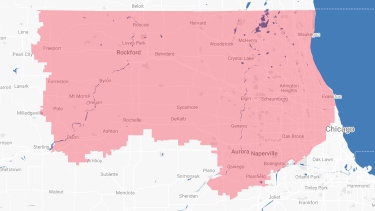
Proudly Serving
The Chicagoland AreaAddison | Algonquin | Antioch | Arlington Heights | Aurora | Barrington | Bartlett | Batavia | Beloit | Belvidere | Bensenville | Bloomingdale | Bolingbrook | Buffalo Grove | Byron | Caledonia | Capron | Carol Stream | And Much More!
VIew ALL

